Navigation
The title tag system is explained here, and the table is updated when a change occurs. Notable logs have bold L# text.
Preface
[Nov 27]
I've tried a Let's Split keyboard. I've tried a WK-50 keyboard. I want to try a Svalboard but it's not cheap nor portable enough to use anywhere but on a desk or affixed to an armchair.
My efforts developing #Tetent [gd0090] advance at a glacial pace. Thus, I'm still using my (not so temporary) "temporary" Z-88 (typewriter style) keyboard I bought 3 years ago. Furthermore, there's still a lot more typing/programming I need to do between now and [insert time when Tetent exists]. There's now a very wide feature gap between Tetent and a split mechanical keyboard, so there must be some kind of stopgap solution that can slot in-between.
Looking through keyboard images on the internet, I don't think I'm going to get a user experience much different to what I've already tried and used; it's essentially the same keys just rearranged slightly differently if the designer was feeling daring, or just a different colour/shape on the keycaps of the tried-and-true QWERTY stagger if not. Basically, I look at a keyboard, look at my nails, look at my to-do list and think "Mn, probably not going to pad out.".
Then I remembered the passing thought I had while browsing the DataHand / Svalboard discord around February time:
I wonder when someone will try to make a "poor man's" DataHand using microswitches.
I also still want to learn Tetaip -- the layout I formulated during #WK-50 Trackball Keyboard -- as a bit of a hobby. With twice the switches, I think I could formulate a layout that enters twice the characters per chord, hence the name "Tetwice".
I've also somewhat sold myself on that "digital nomad" lifestyle, and Britain has some rather nice weather that is overshadowed by 10C temperatures.
Due to all this, I've now started researching into this project.
 kelvinA
kelvinA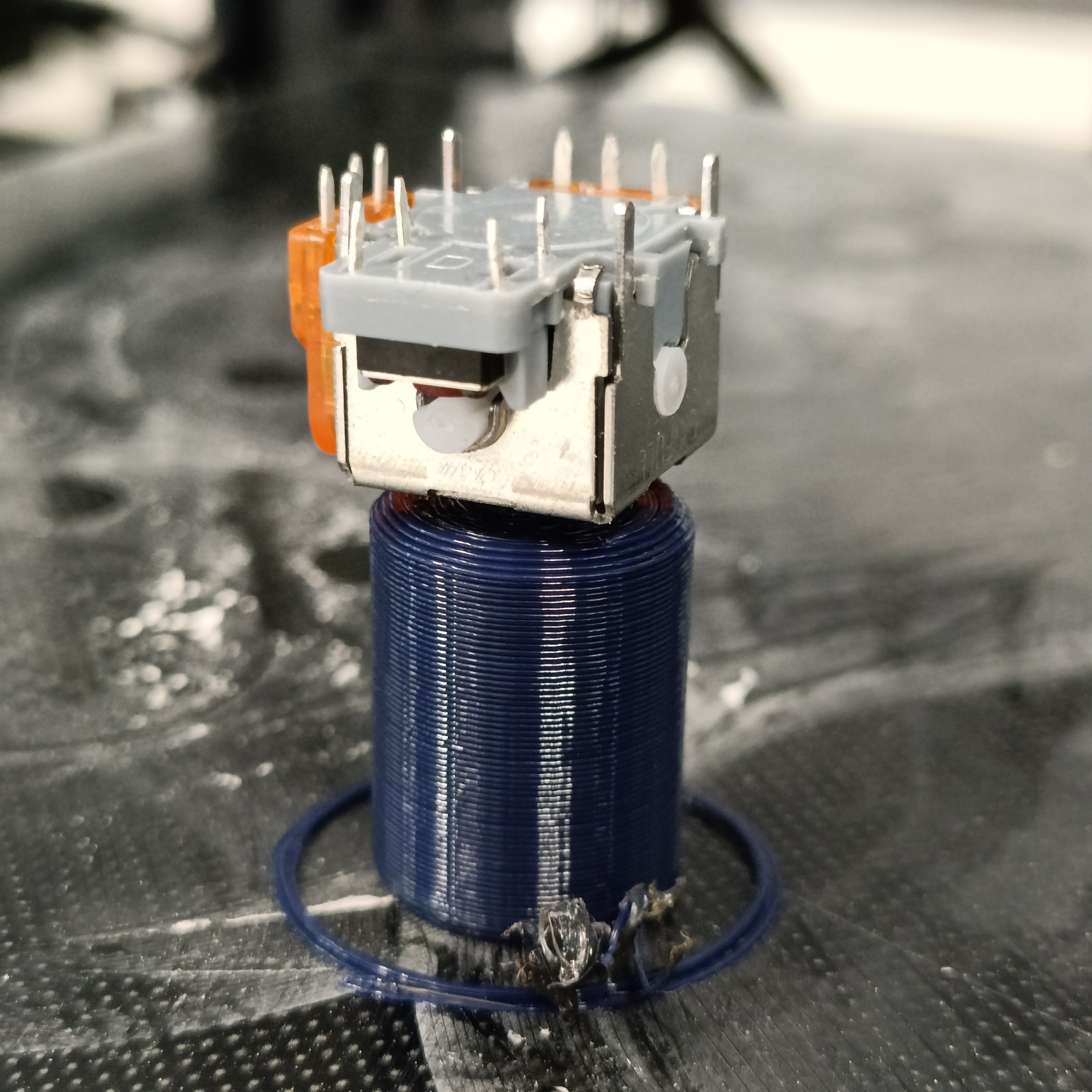 The printed hole needed to be drilled, which is probably by design to have the best tolerances. I tried 1.5mm, which barely fit in the drill, and then opened it up a bit more with a 1.6mm bit.
The printed hole needed to be drilled, which is probably by design to have the best tolerances. I tried 1.5mm, which barely fit in the drill, and then opened it up a bit more with a 1.6mm bit. 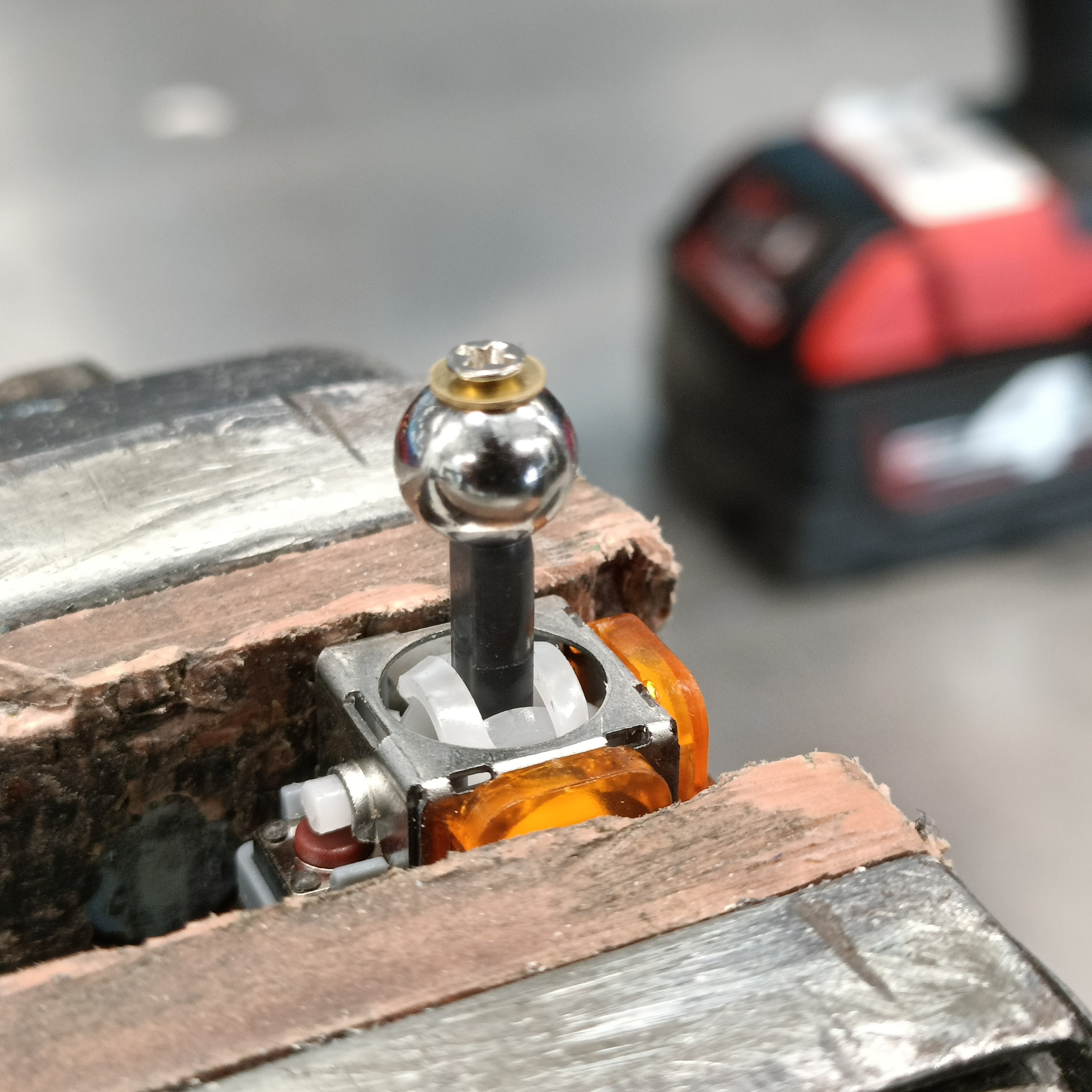
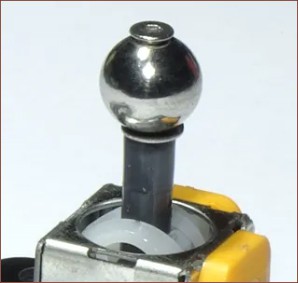


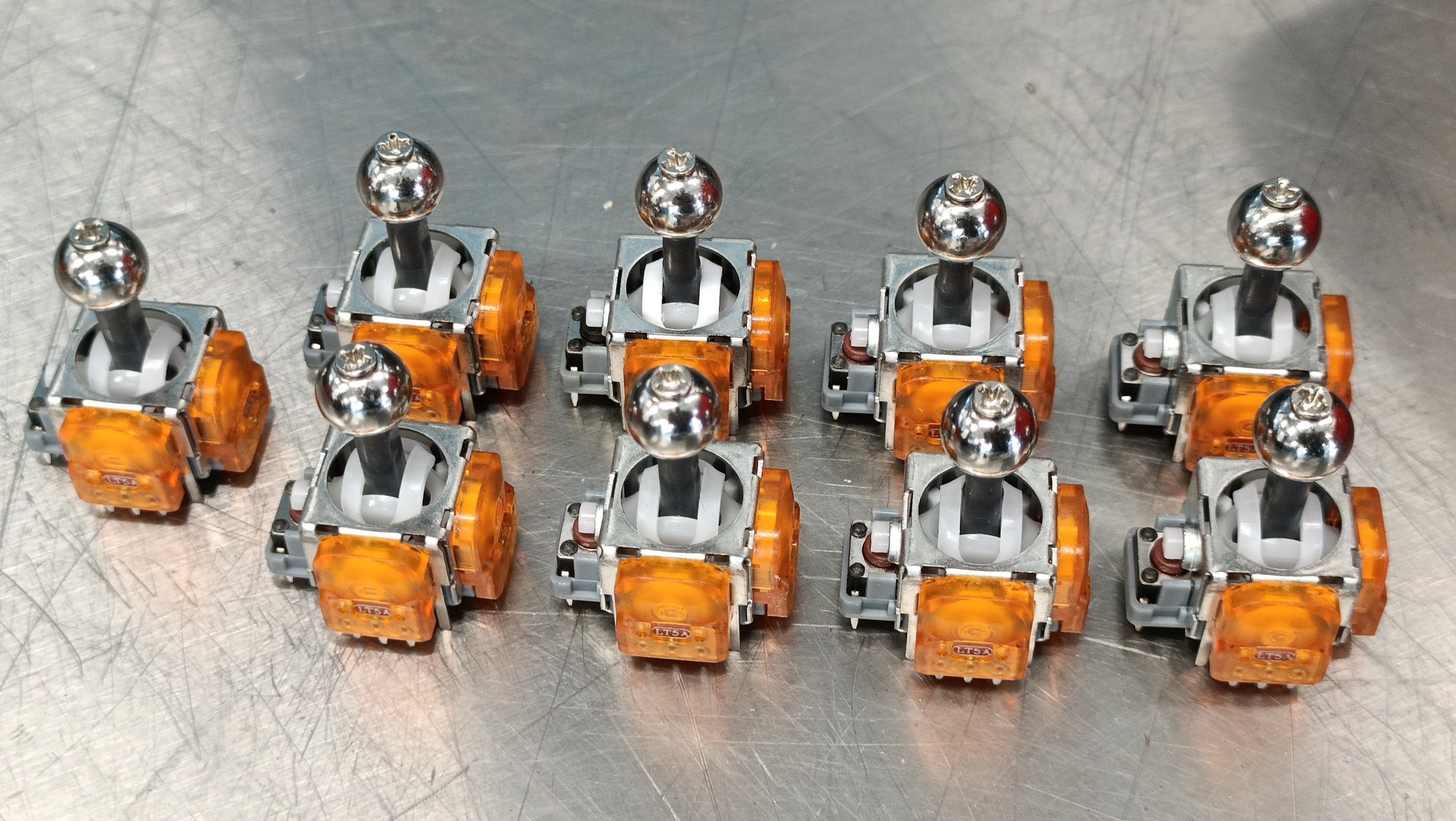 Lastly, I tried the bushings with the first stick I did (which is the joystick I opened in a previous log) and it slid rather nicely. This strategy is soooo much better than having to try and install smoothly printed adapters.
Lastly, I tried the bushings with the first stick I did (which is the joystick I opened in a previous log) and it slid rather nicely. This strategy is soooo much better than having to try and install smoothly printed adapters.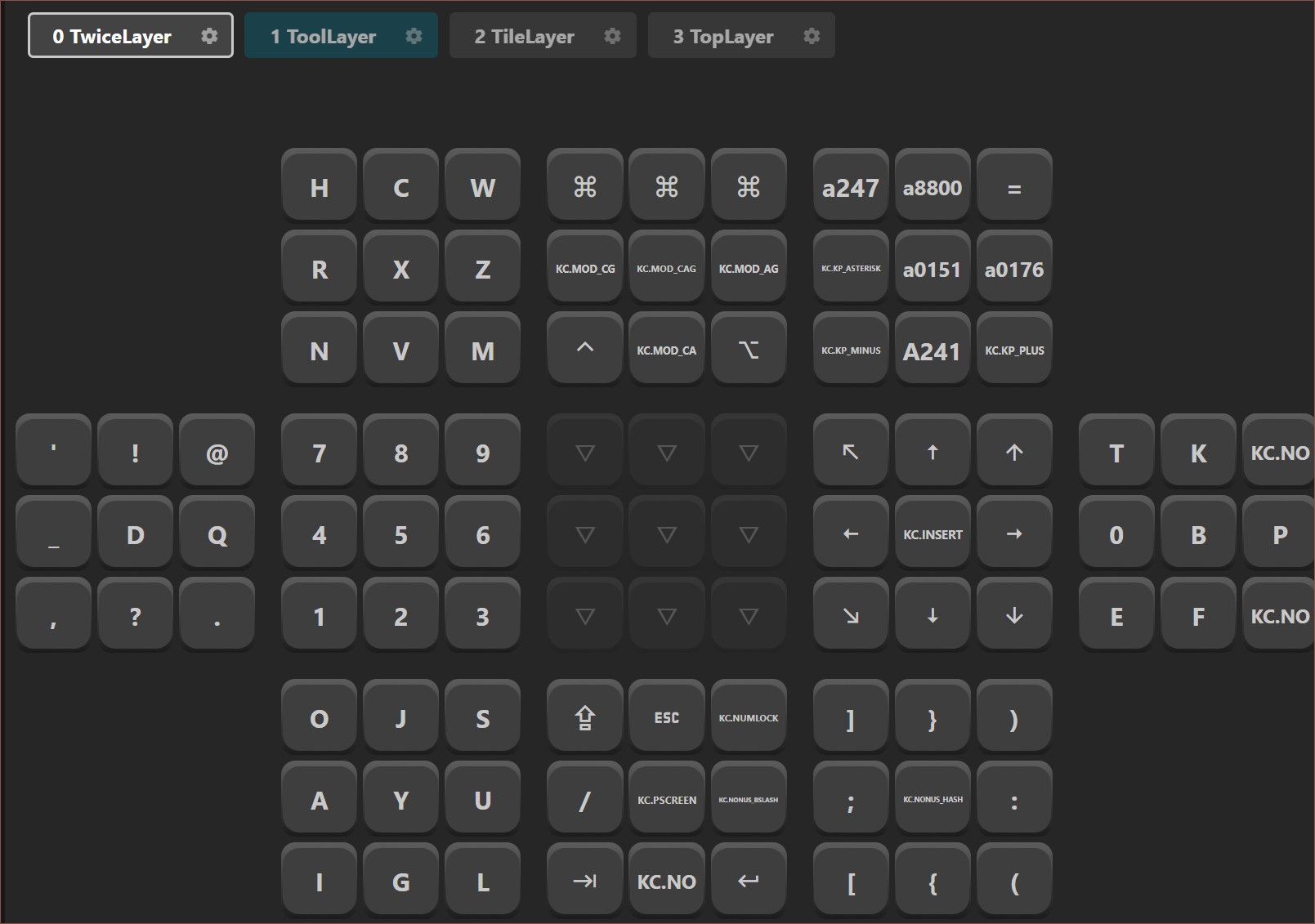
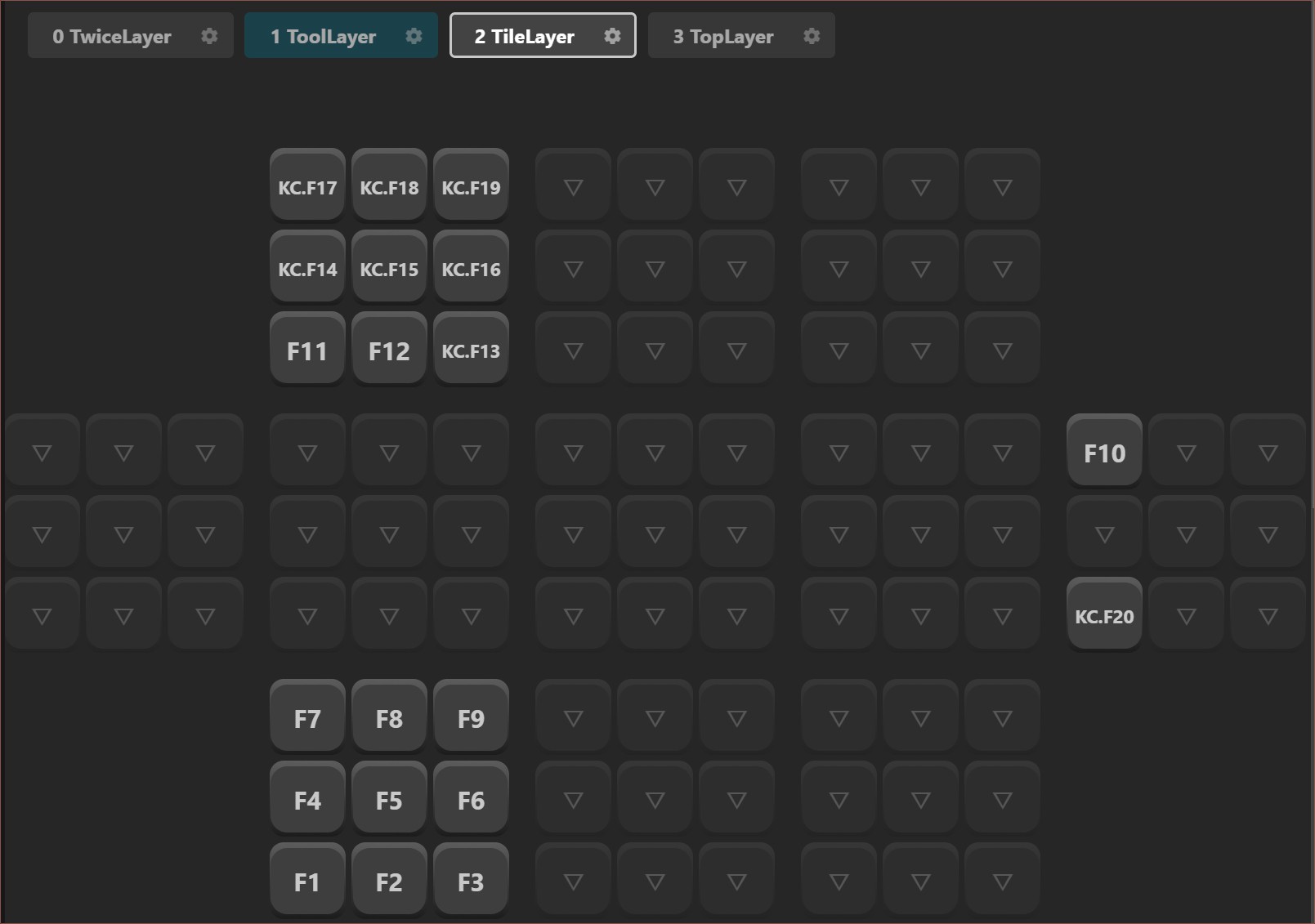
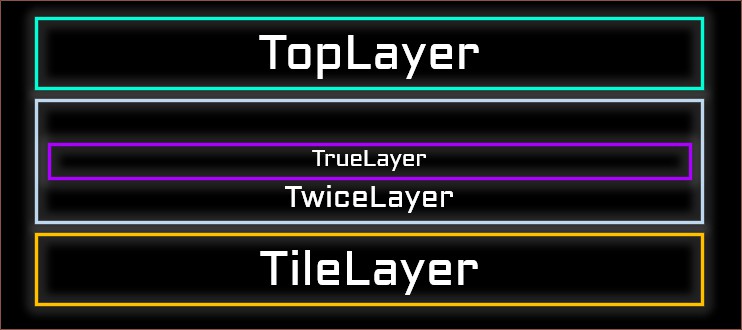
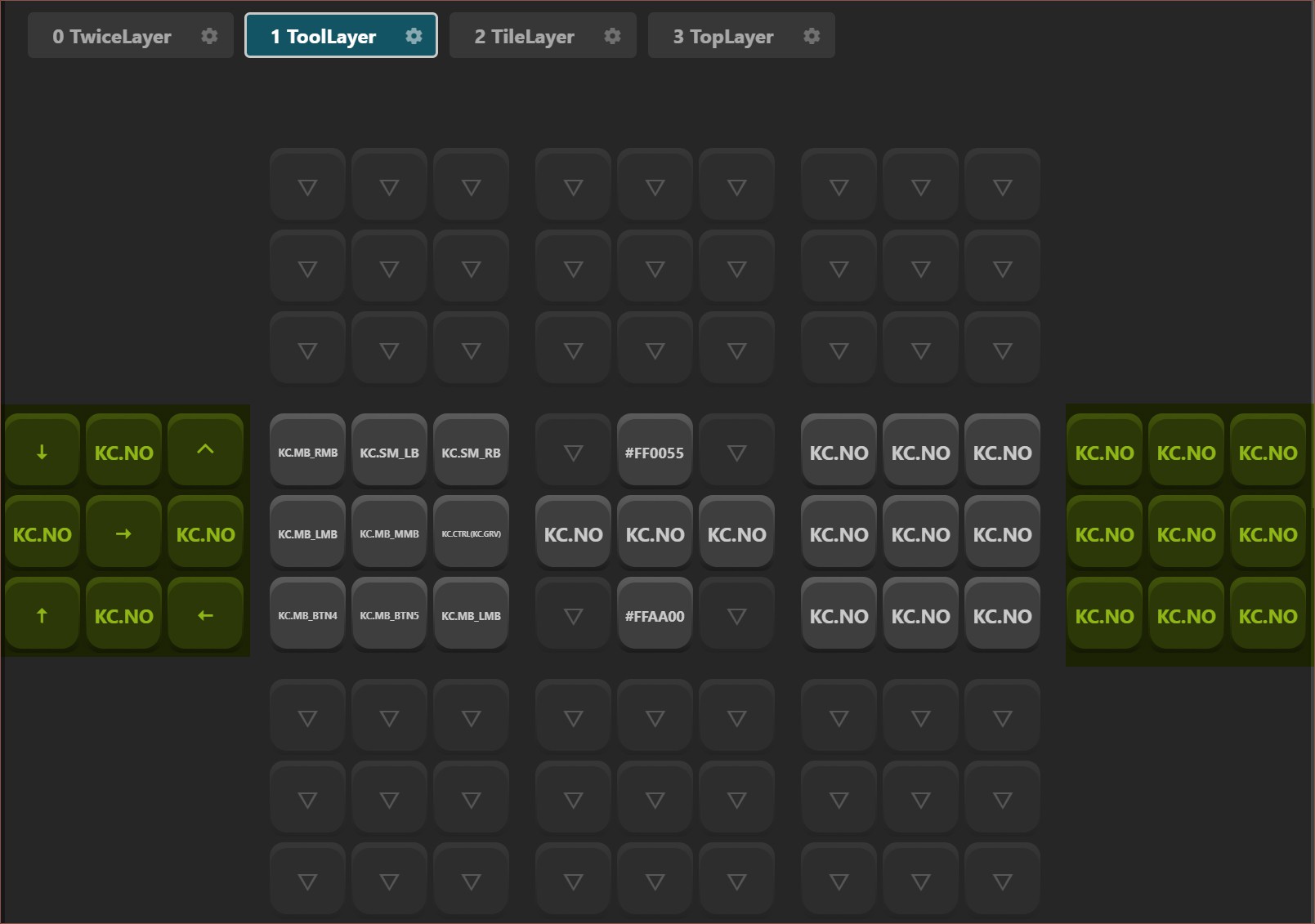
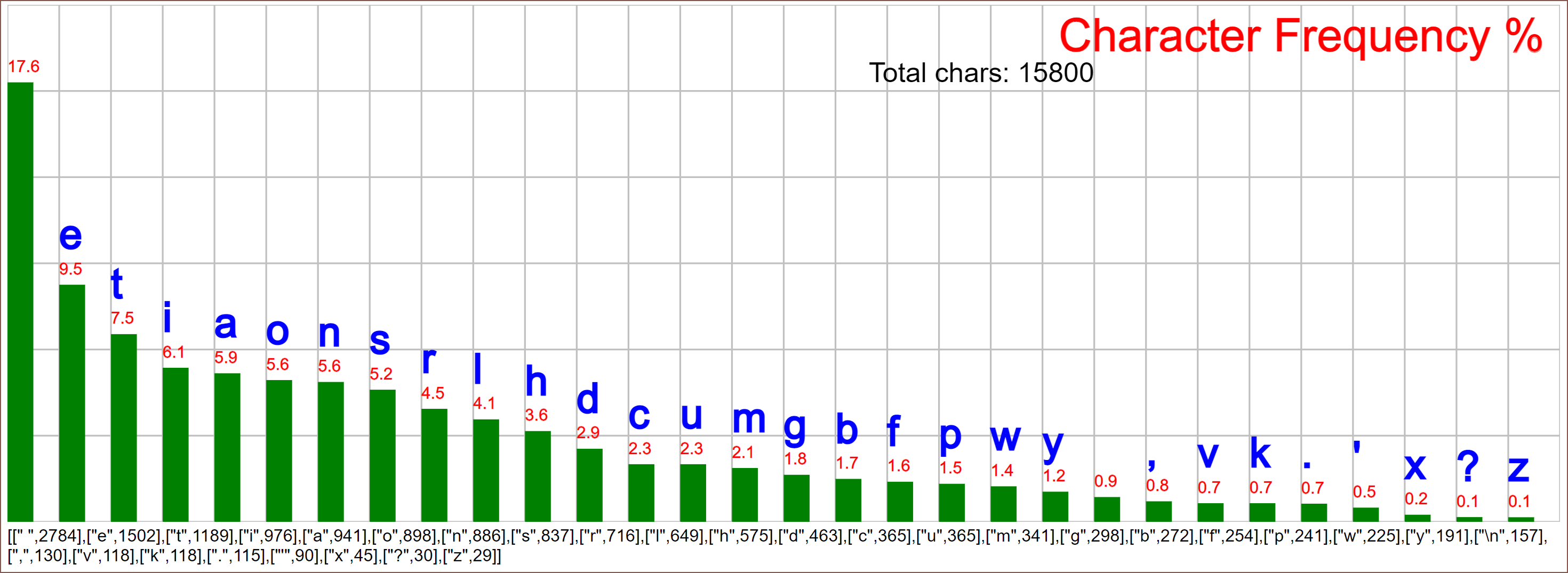
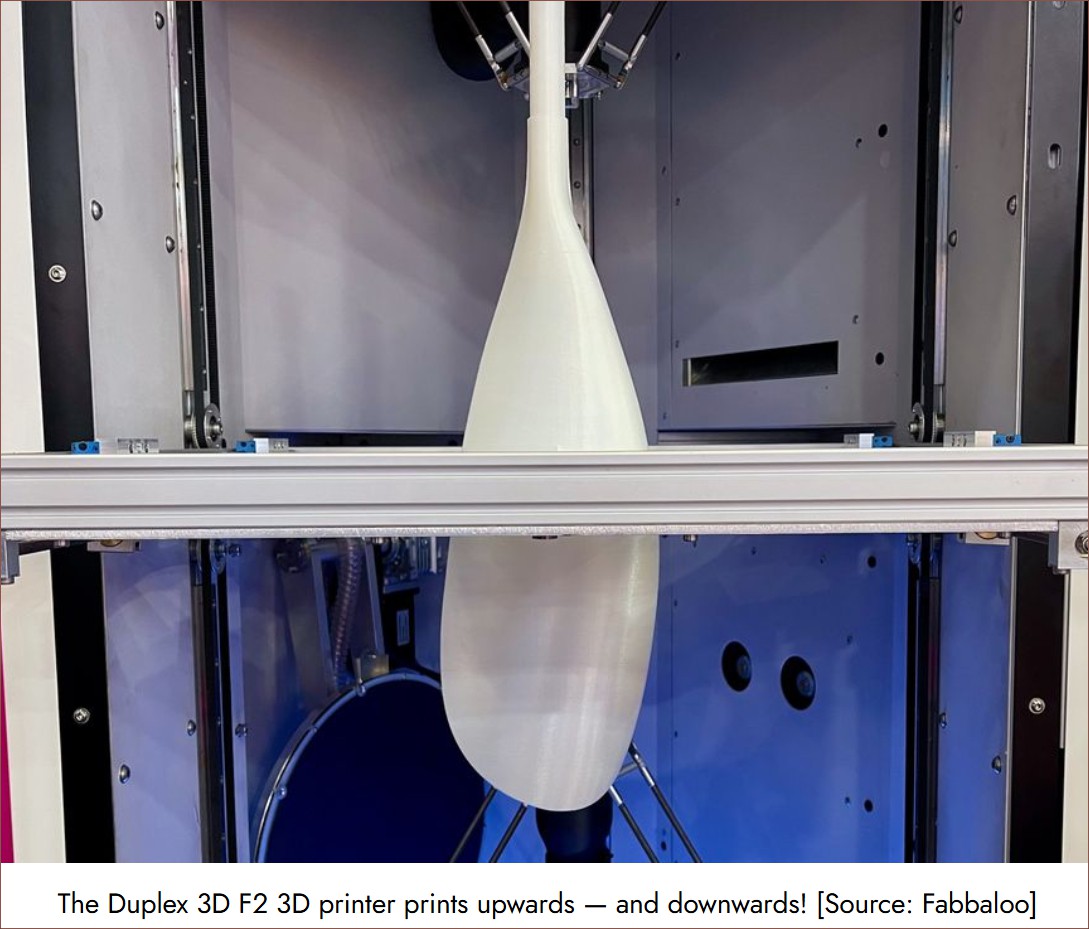
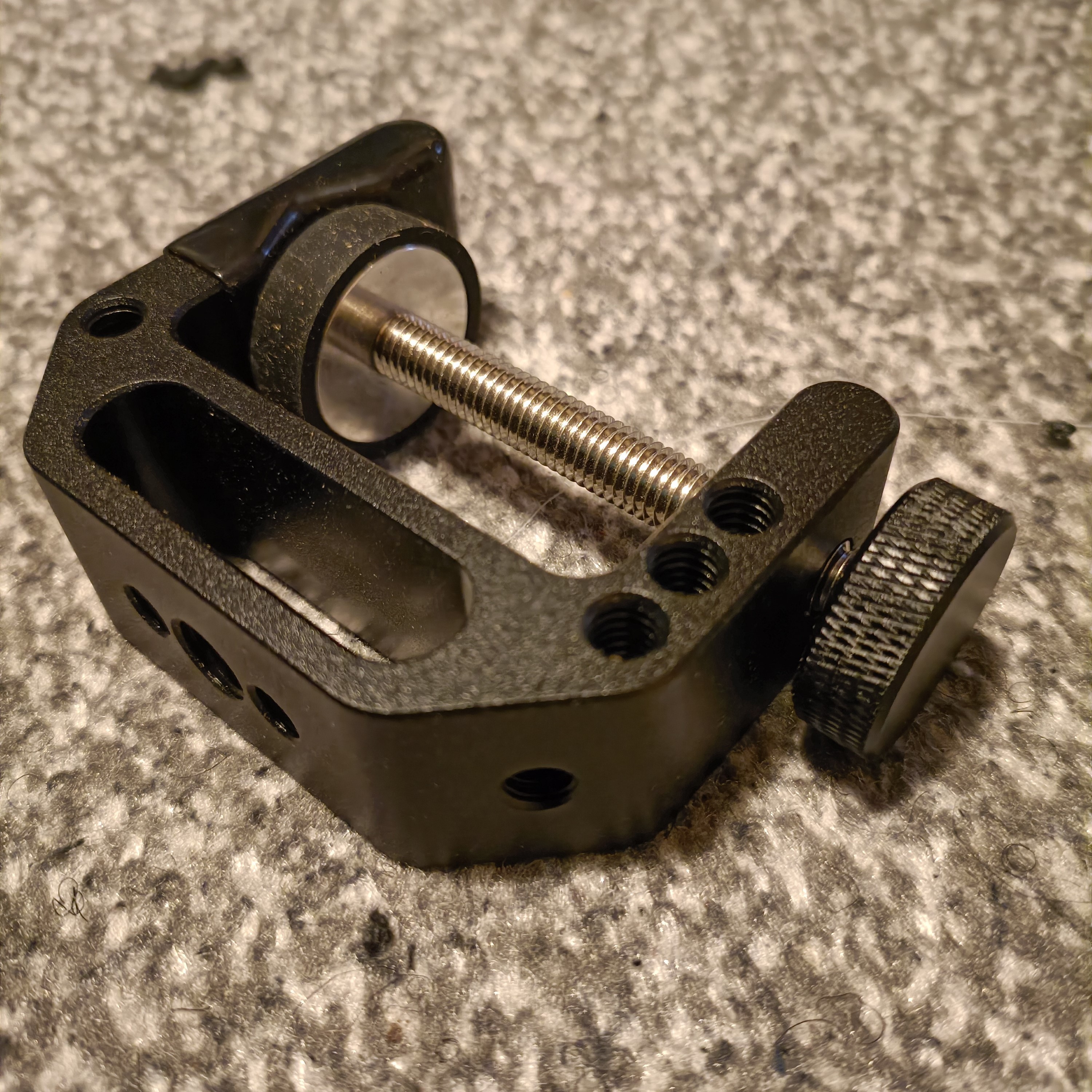
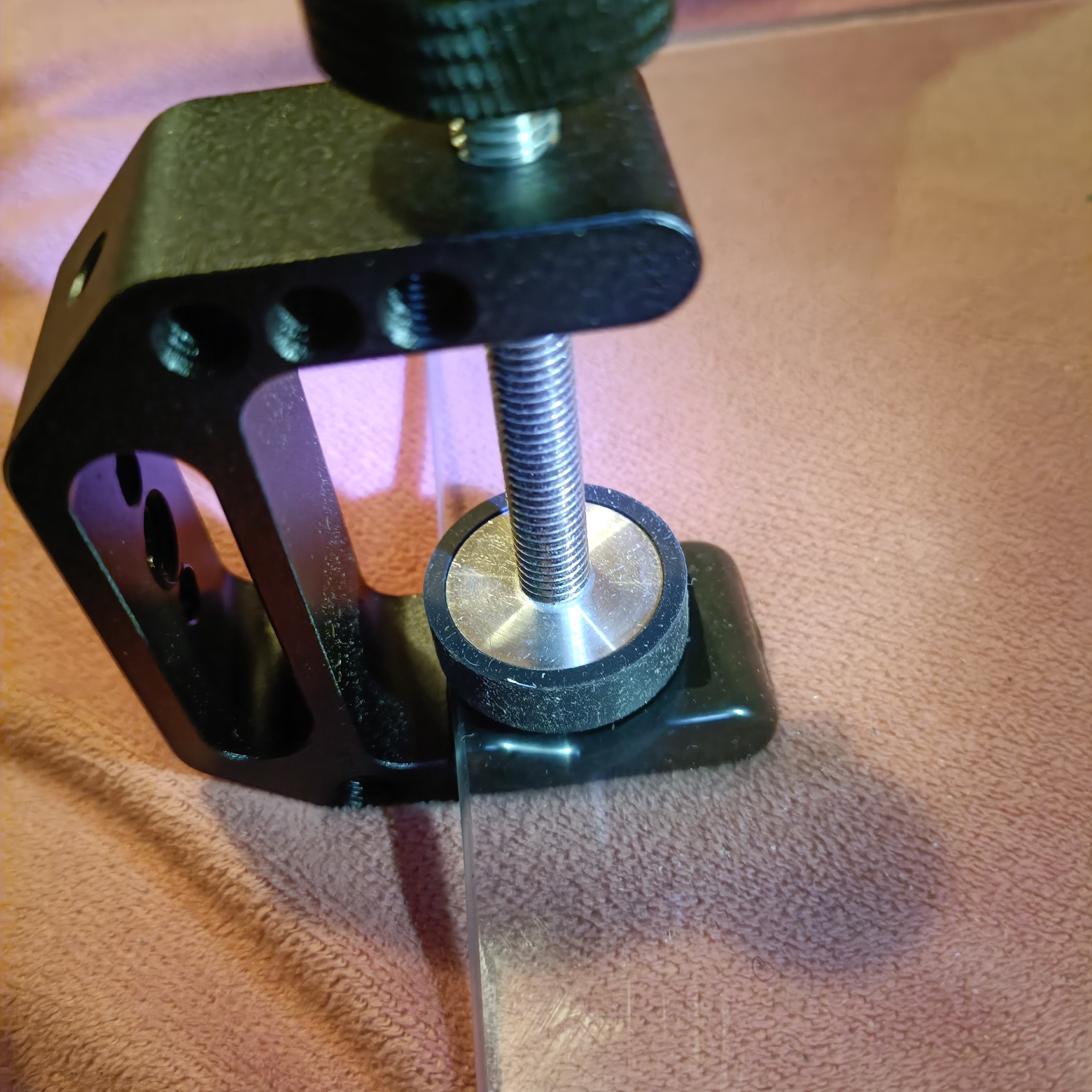

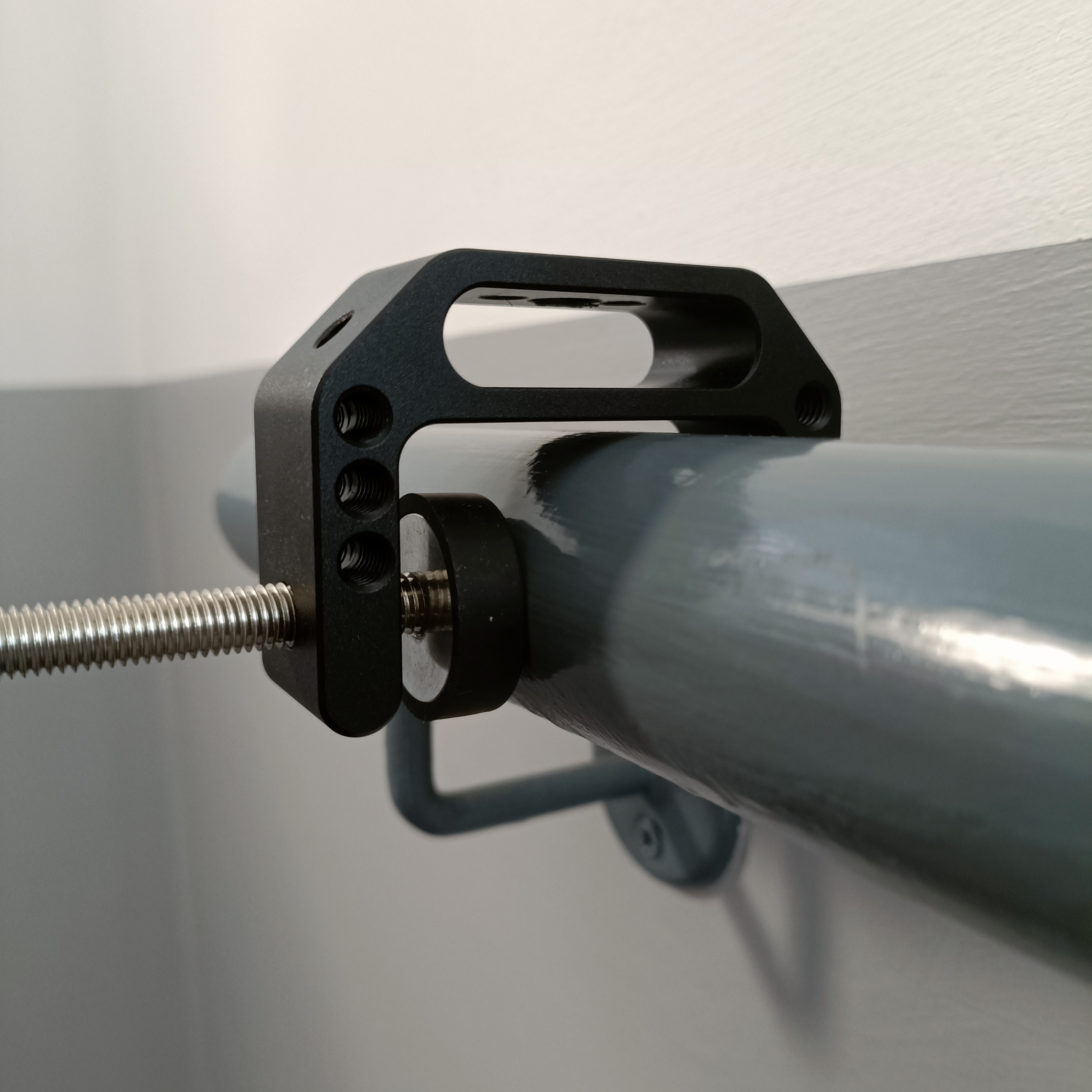


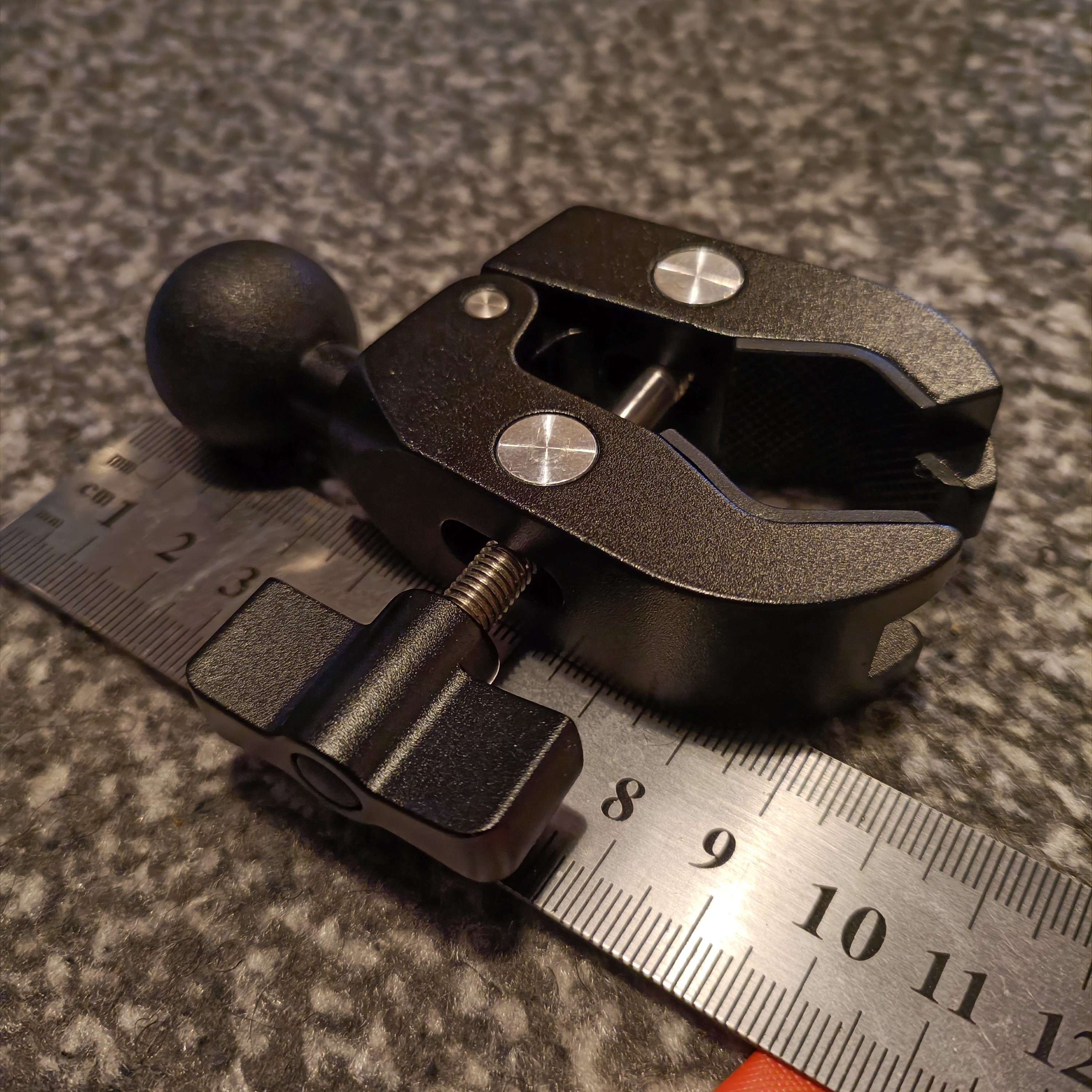
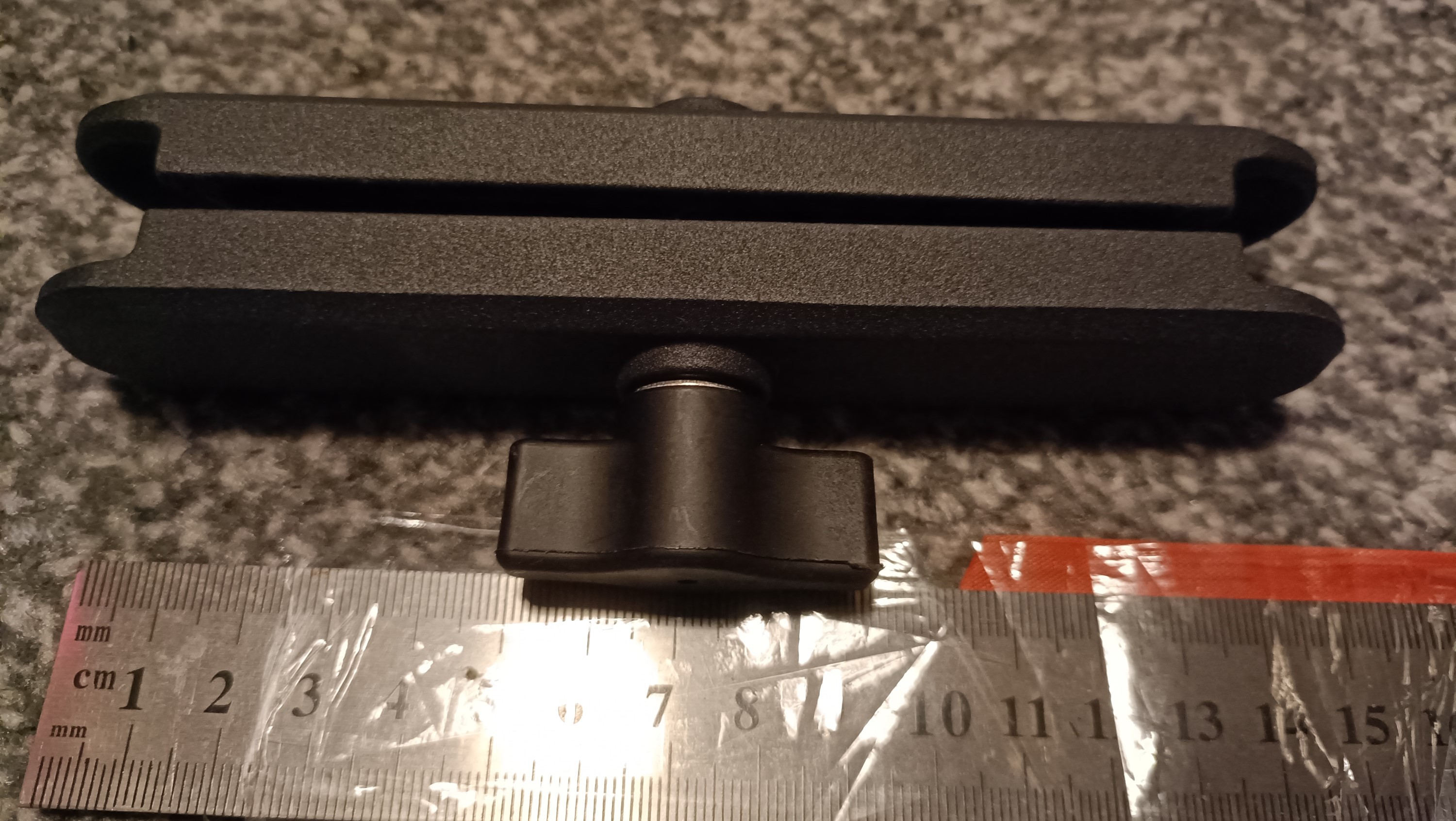

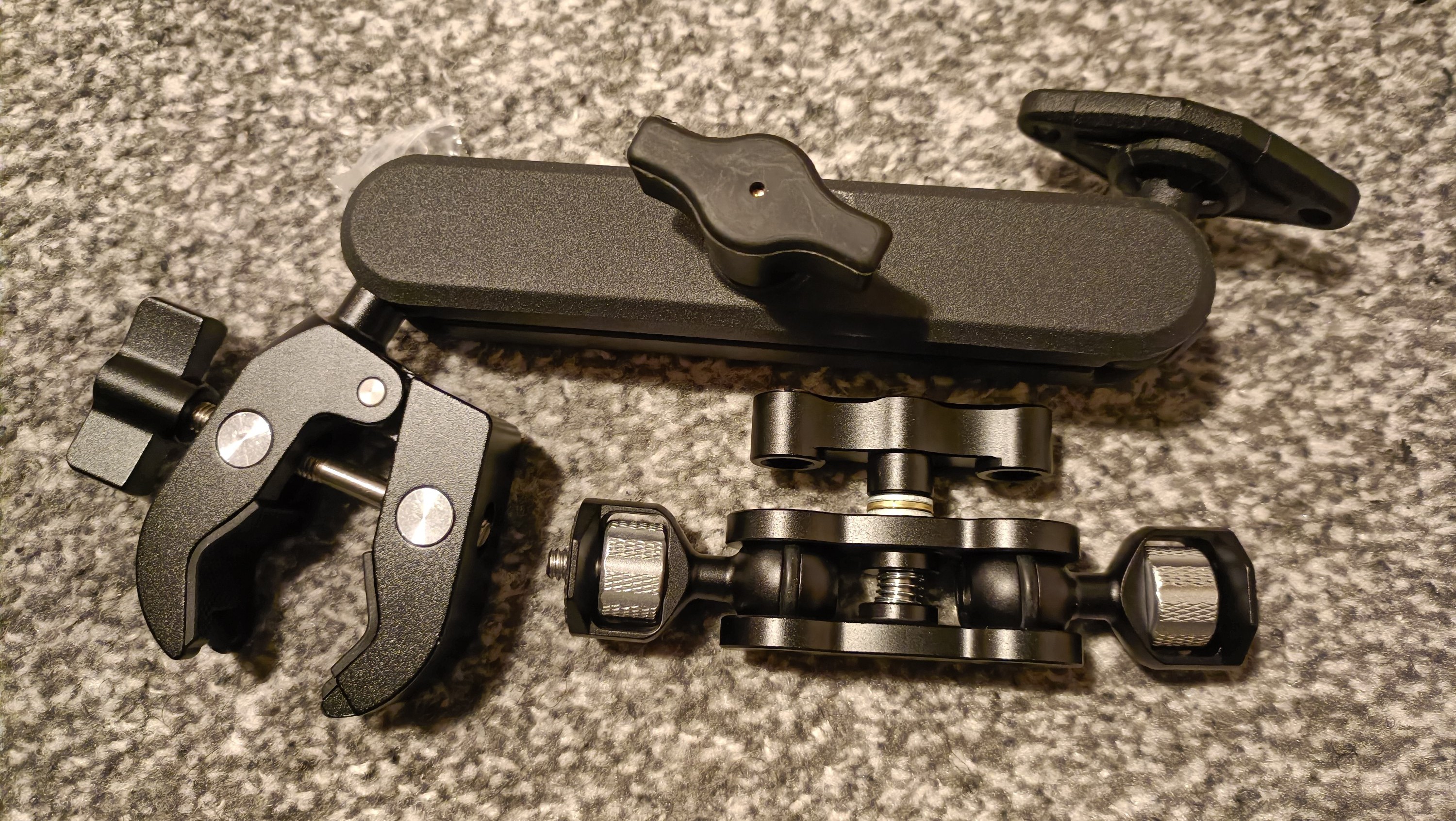
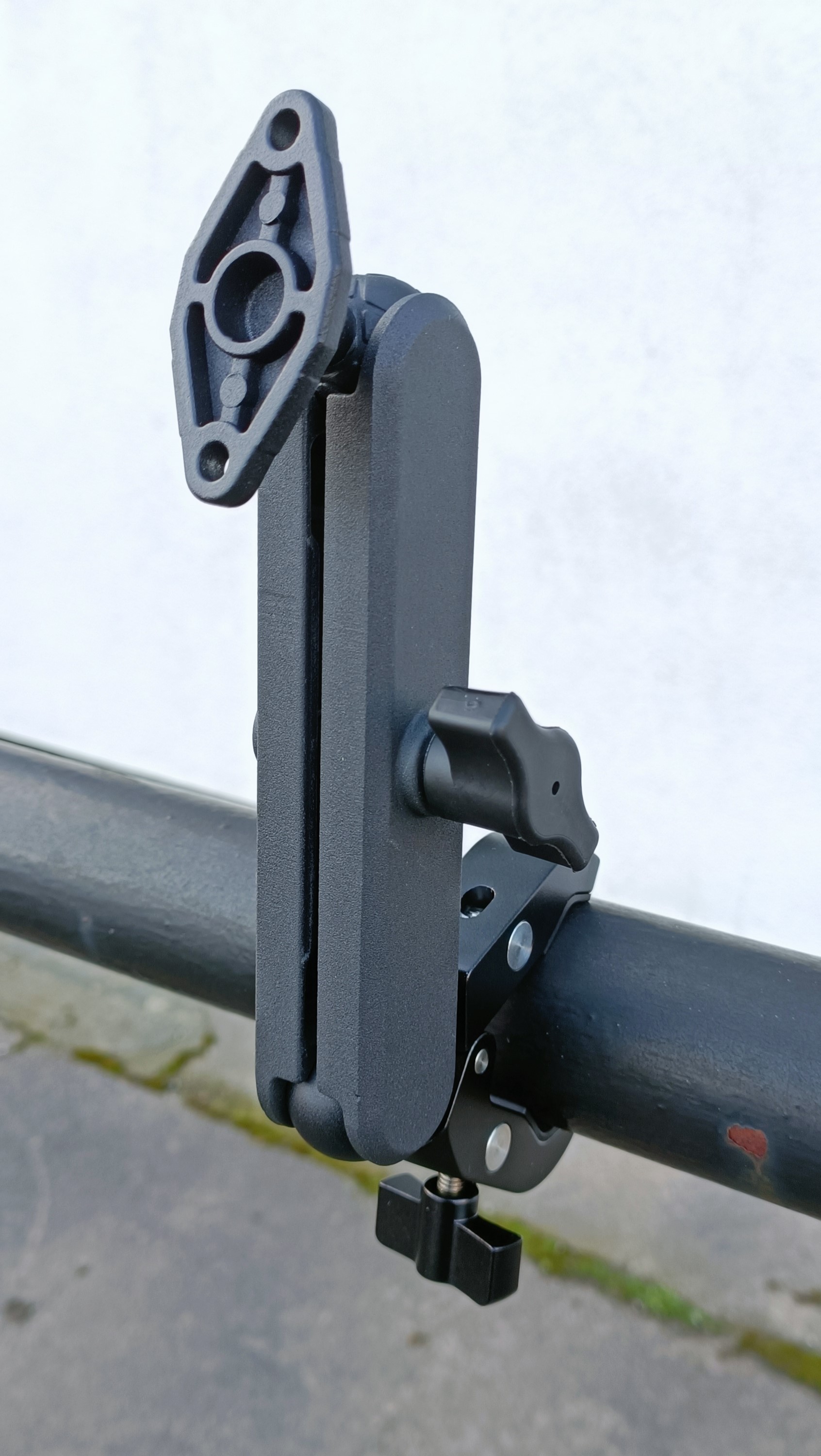
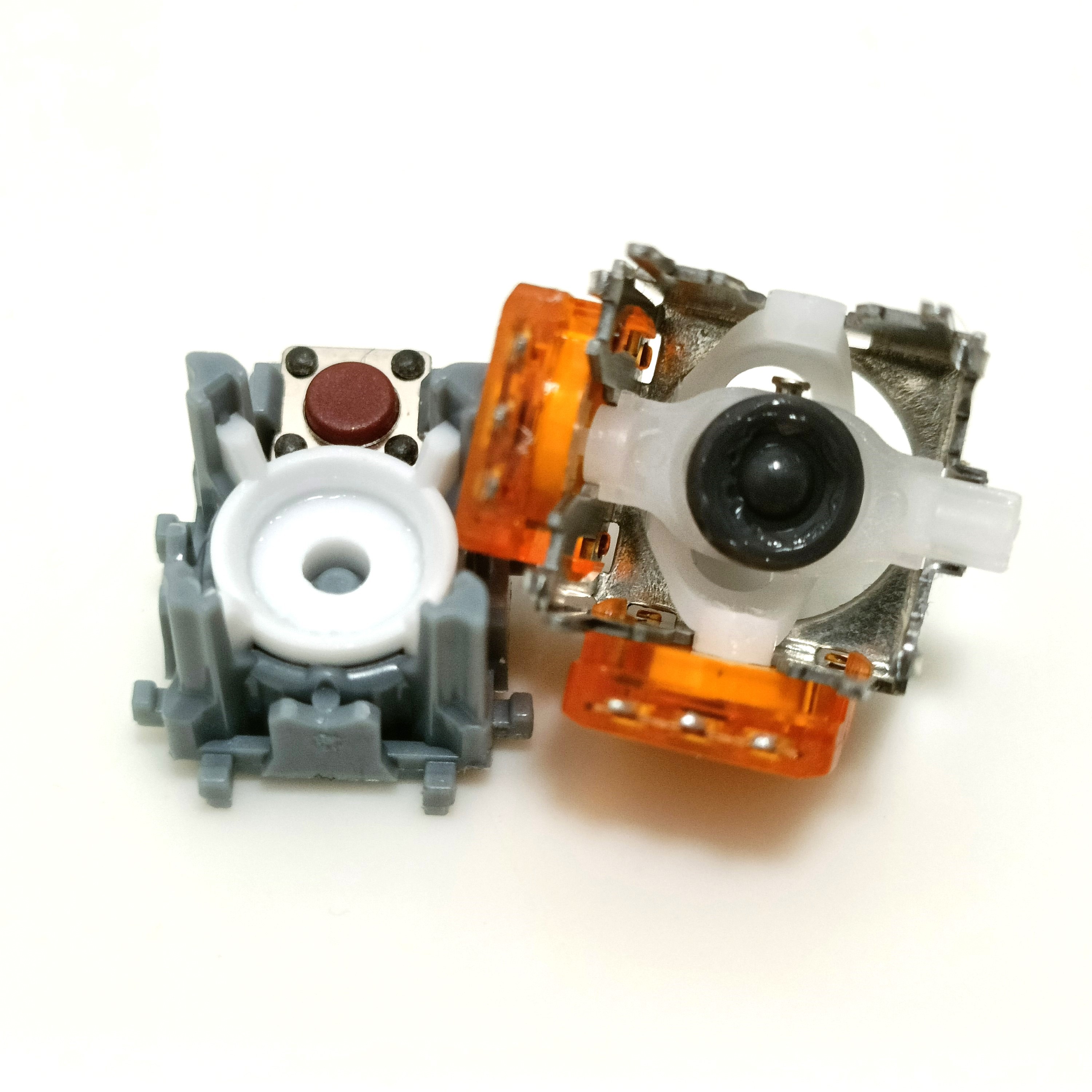
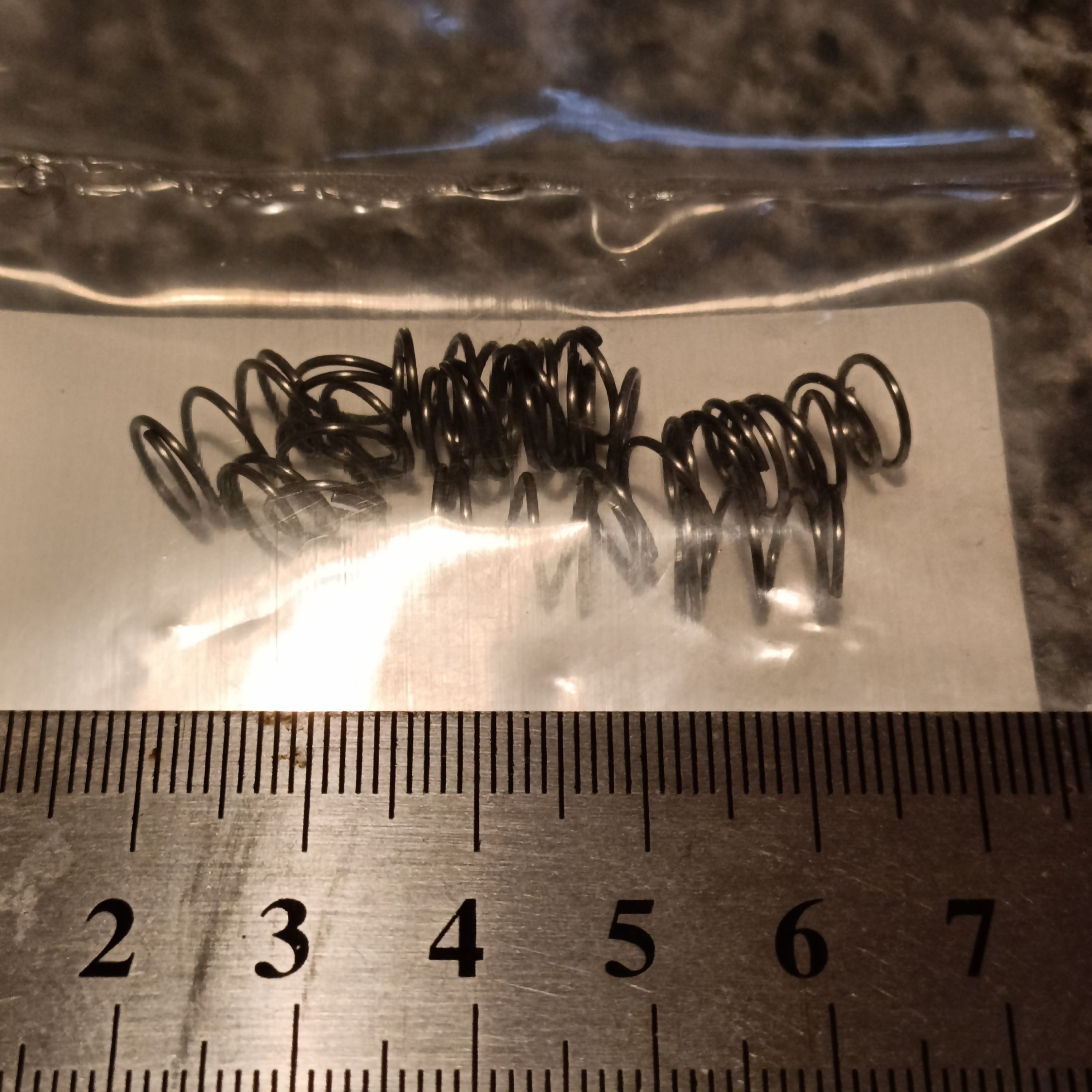



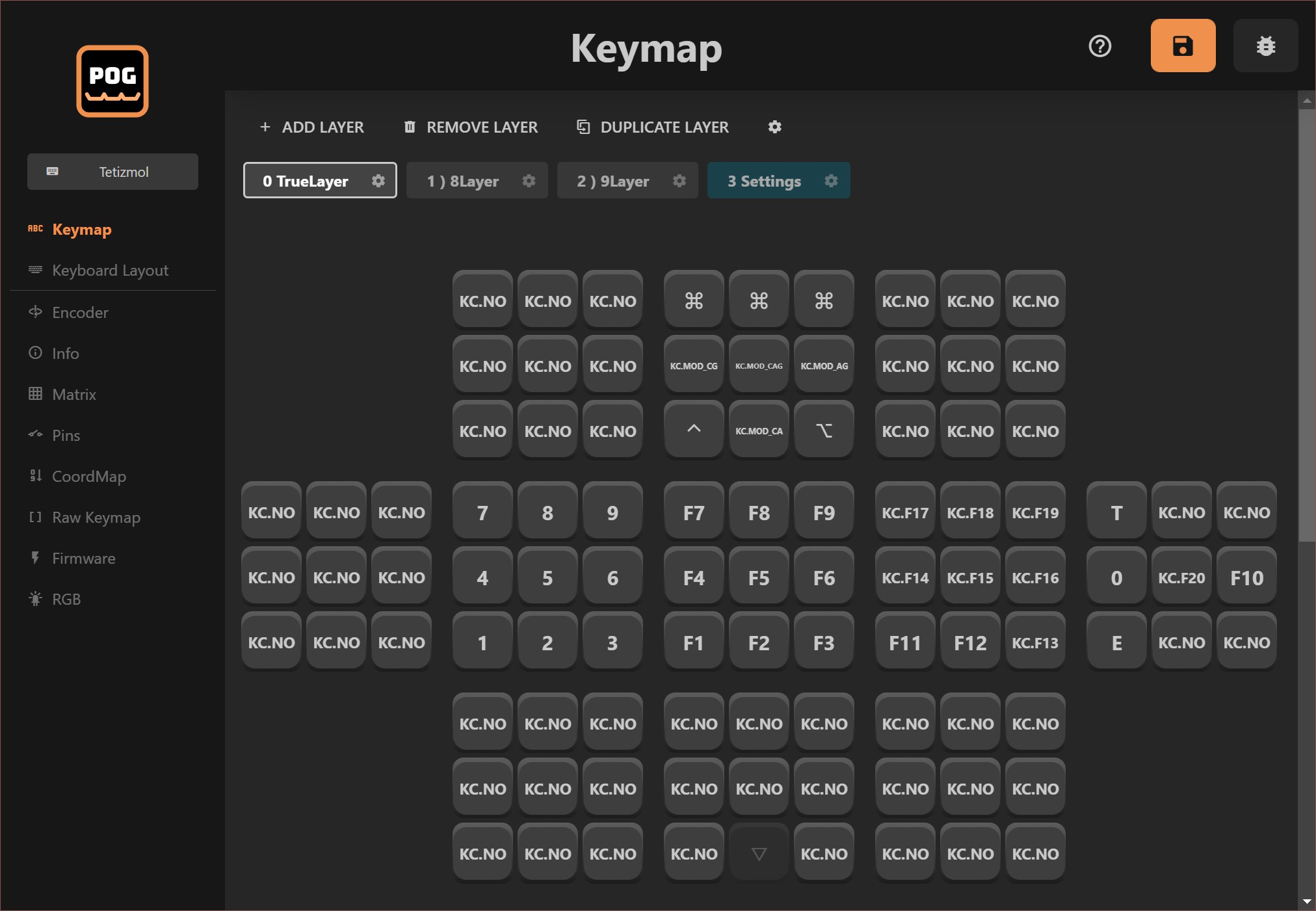
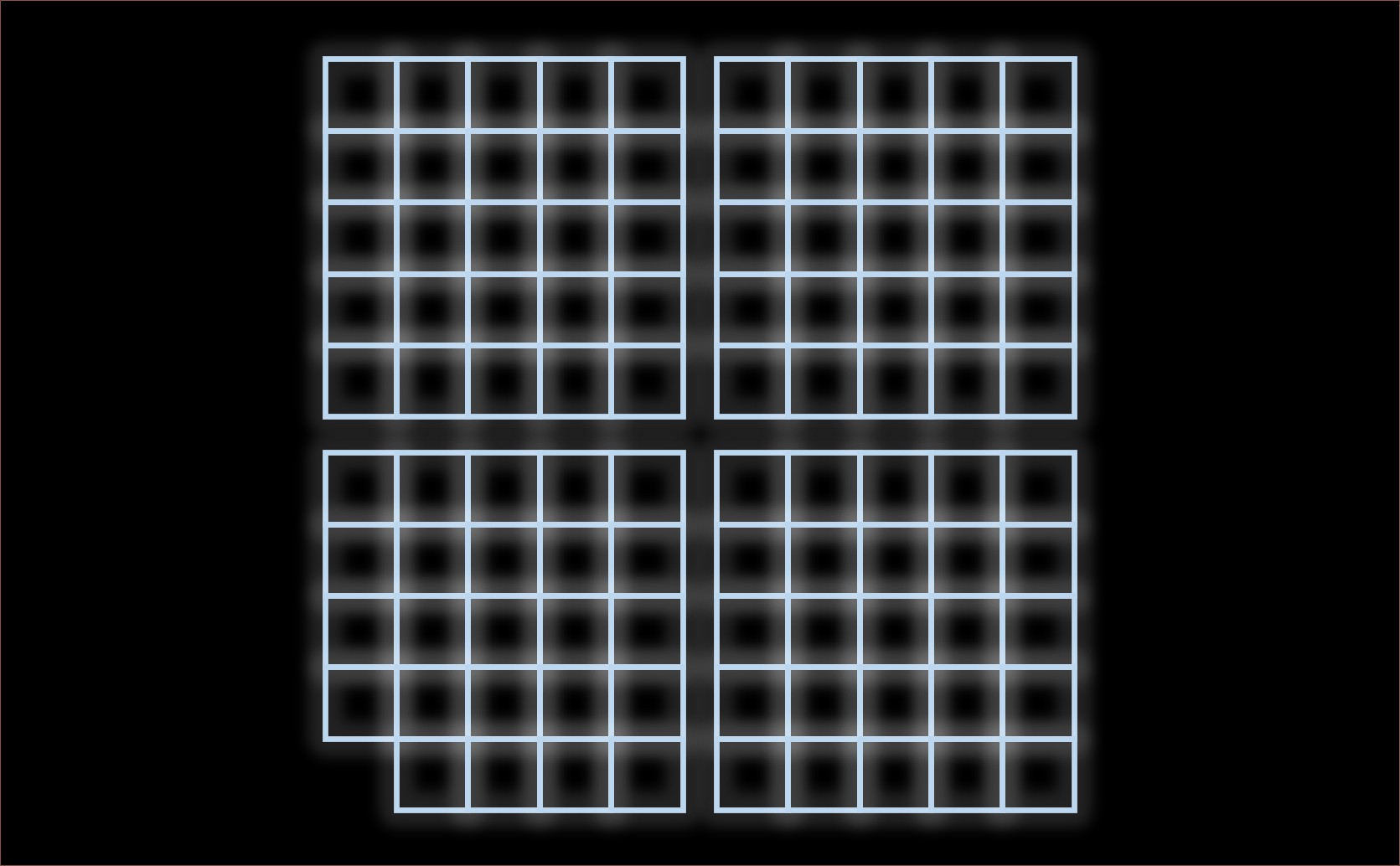
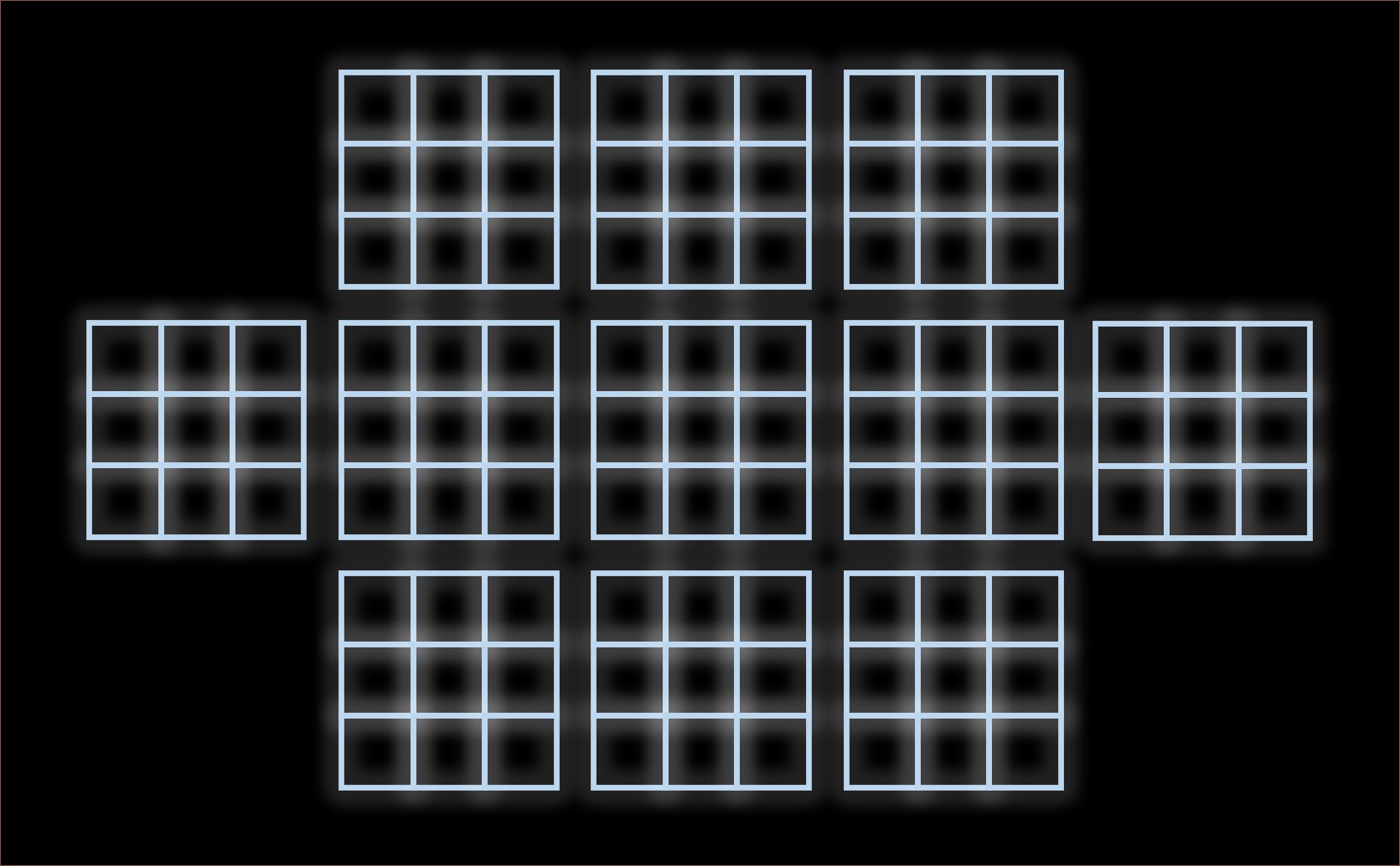


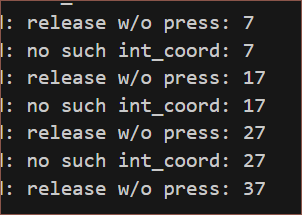
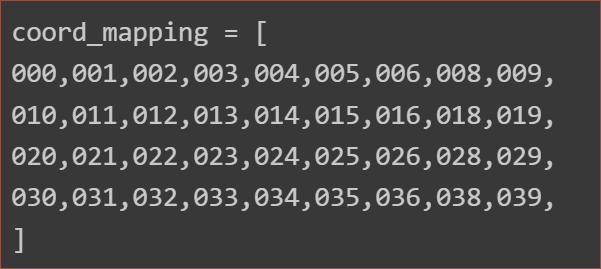 So I disabled the pins from the map and checked them:
So I disabled the pins from the map and checked them: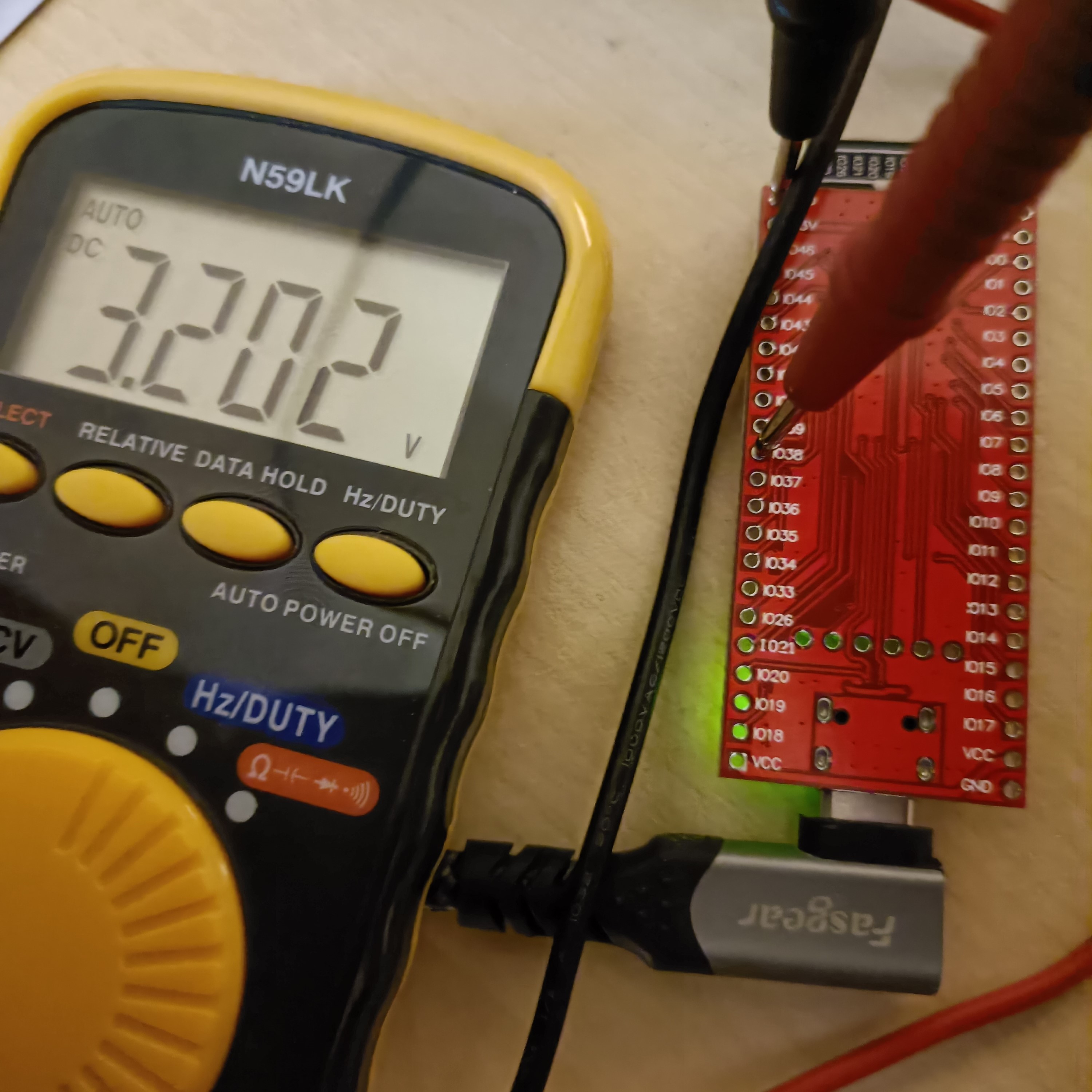
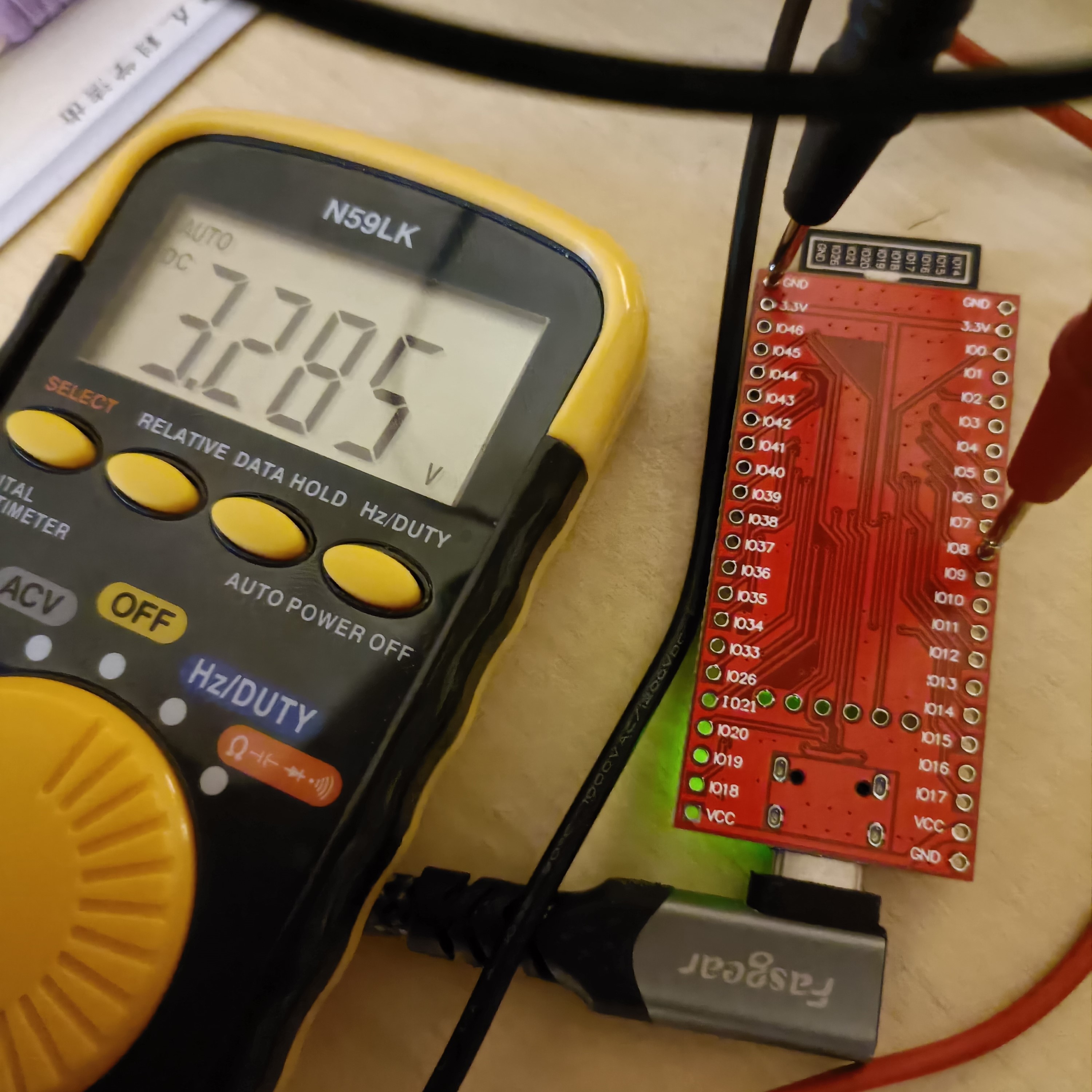

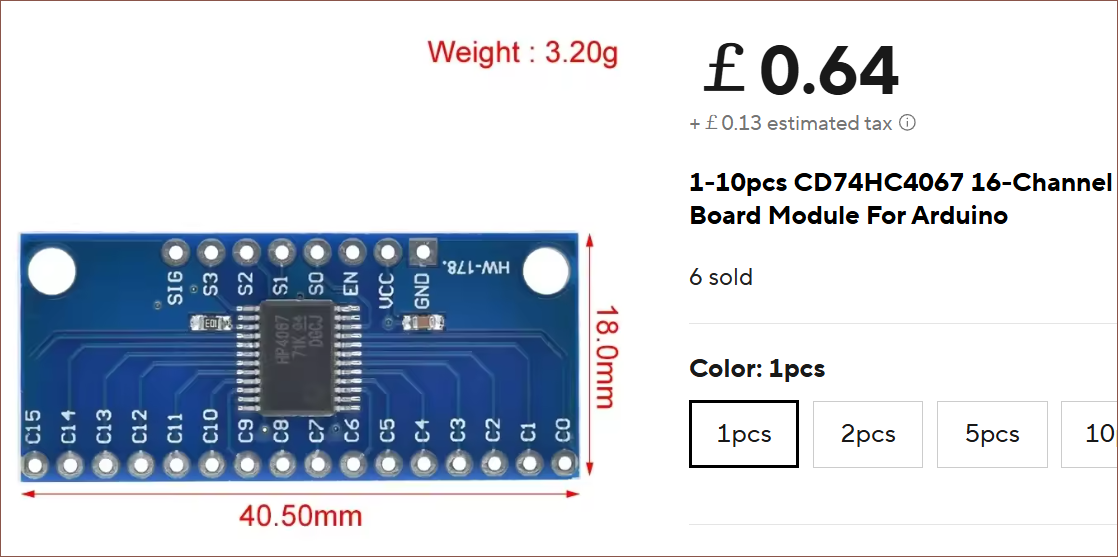
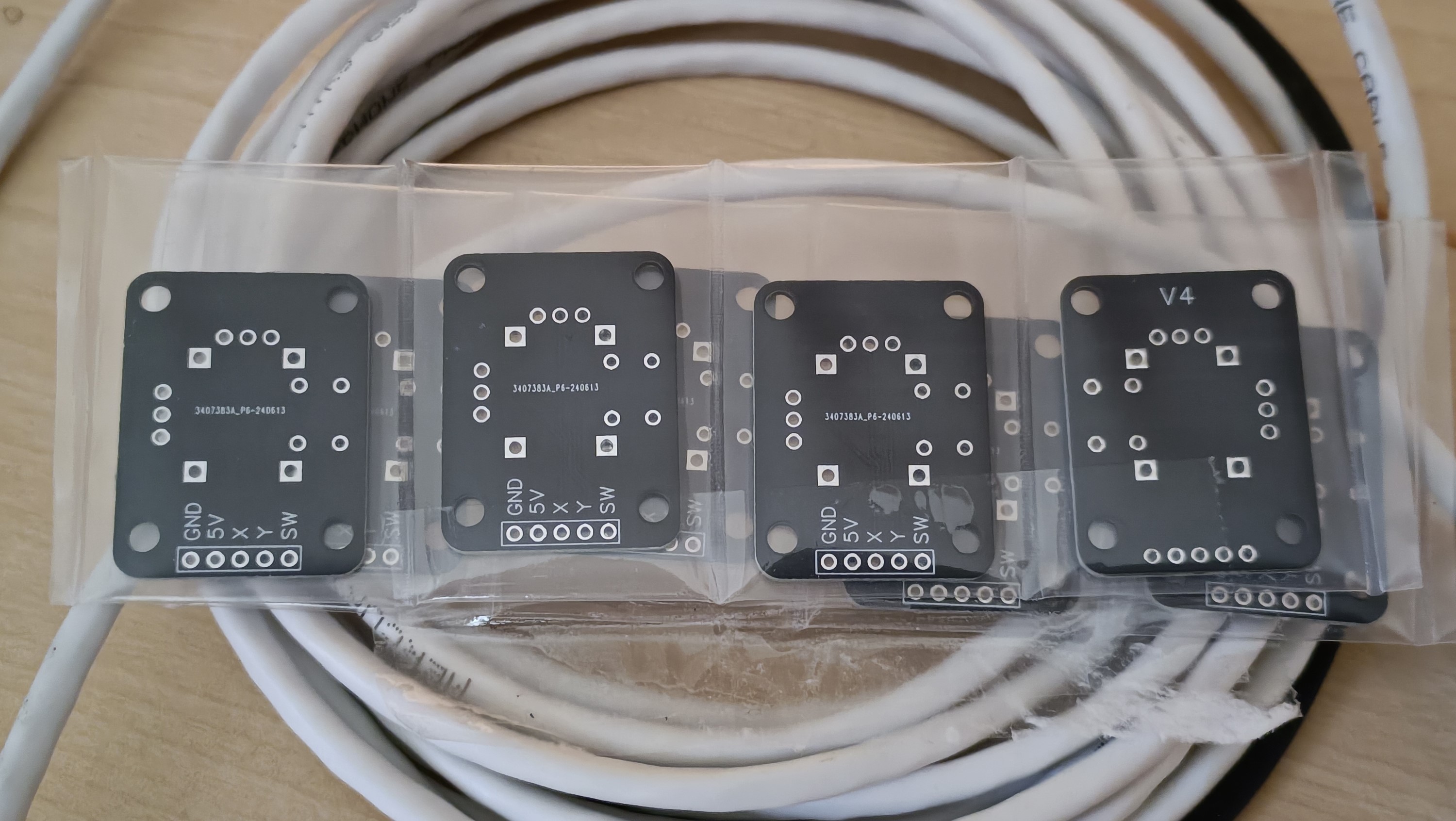
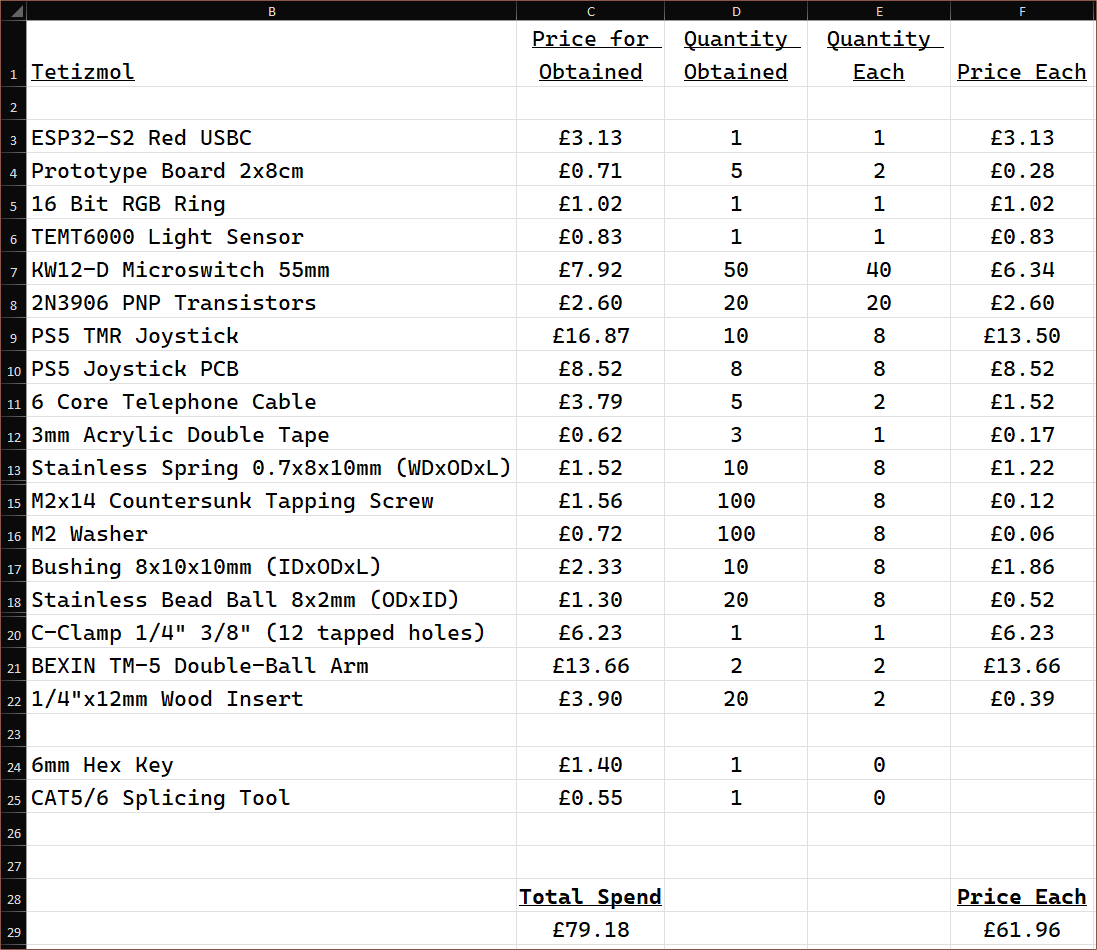
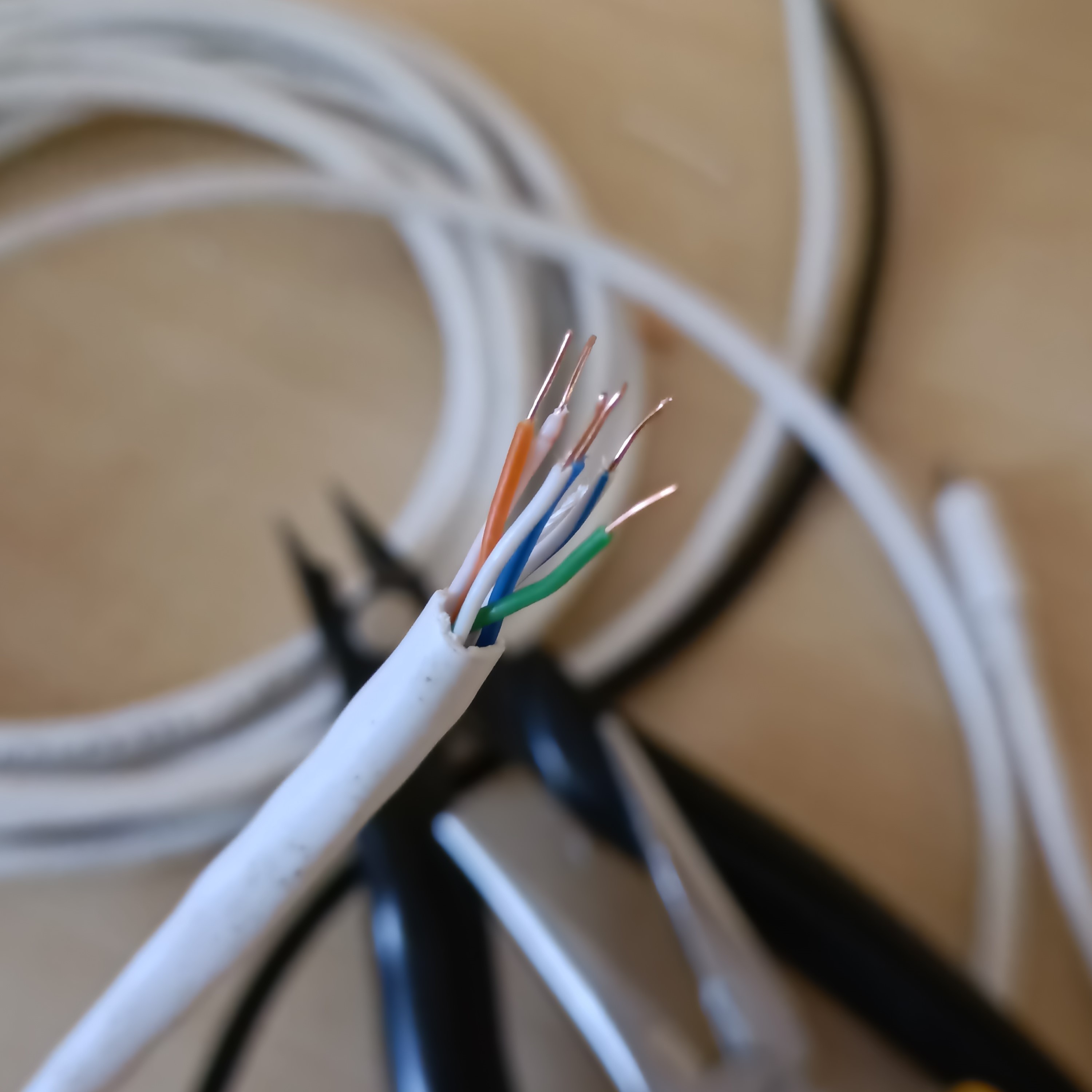
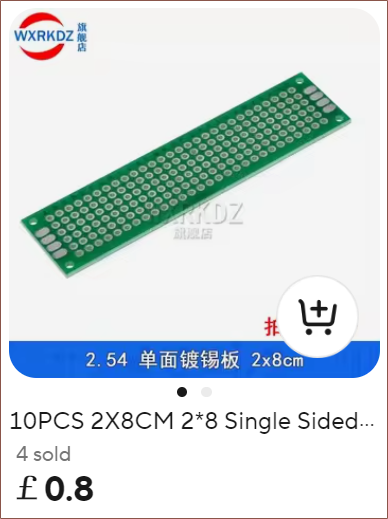 It just sounds like double sided isn't a need-to-have and would just make desoldering mistakes harder, so I went to design using the single-sided version. After about 4 hours, this is what I've got:
It just sounds like double sided isn't a need-to-have and would just make desoldering mistakes harder, so I went to design using the single-sided version. After about 4 hours, this is what I've got: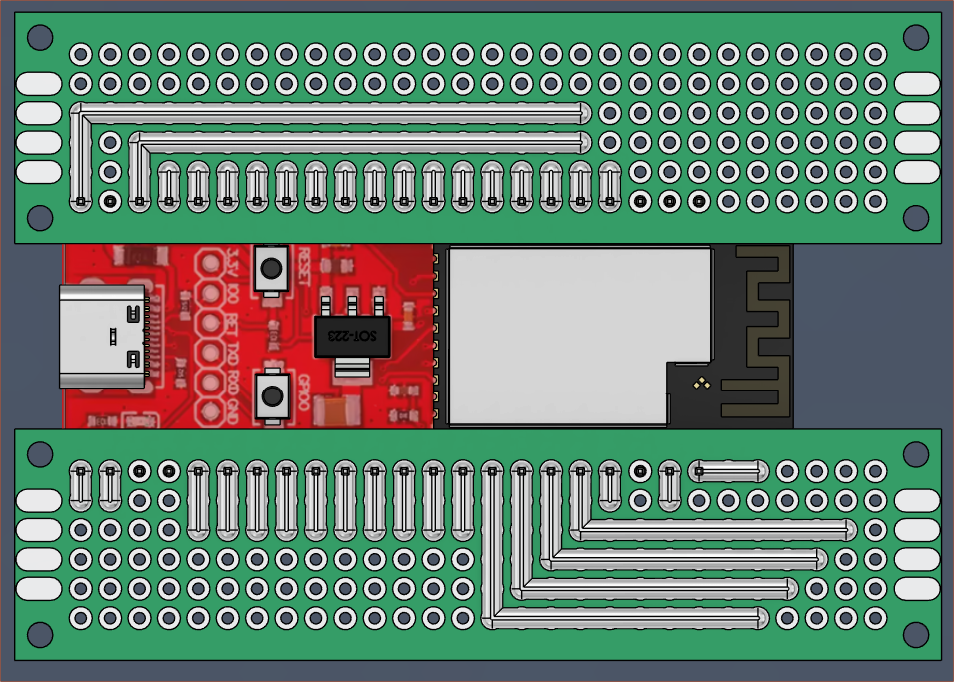 Before I went to bed, there were also some jumper wires so that I could take GPIO18 and VCC and move them closer to GPIO0 in the pursuit of bundling the RGB ring and luminance sensor in one 6-core cable, but I decided it'll be better to use GPIO45 and just strip some of the wire 50mm longer. GPIO46 is input only, so I assume I can't use it for ARGB data out. I also think the D-in of the WS2812 is high impedance so it hopefully doesn't affect the strapping function of IO45.
Before I went to bed, there were also some jumper wires so that I could take GPIO18 and VCC and move them closer to GPIO0 in the pursuit of bundling the RGB ring and luminance sensor in one 6-core cable, but I decided it'll be better to use GPIO45 and just strip some of the wire 50mm longer. GPIO46 is input only, so I assume I can't use it for ARGB data out. I also think the D-in of the WS2812 is high impedance so it hopefully doesn't affect the strapping function of IO45.


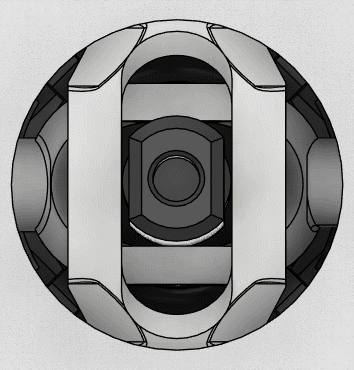
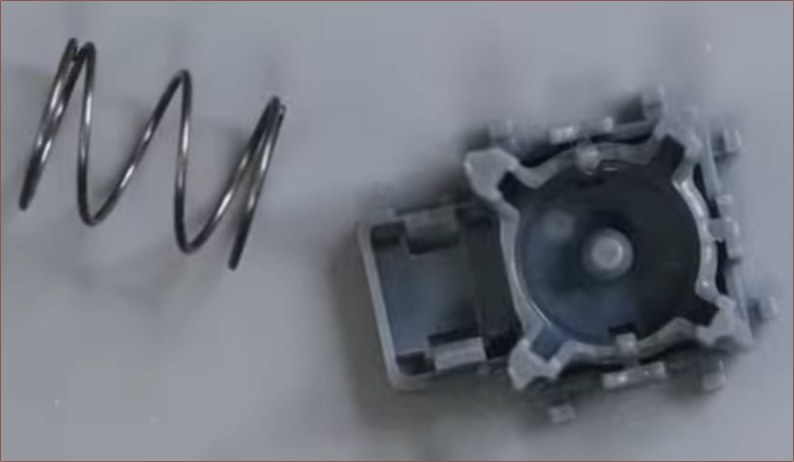
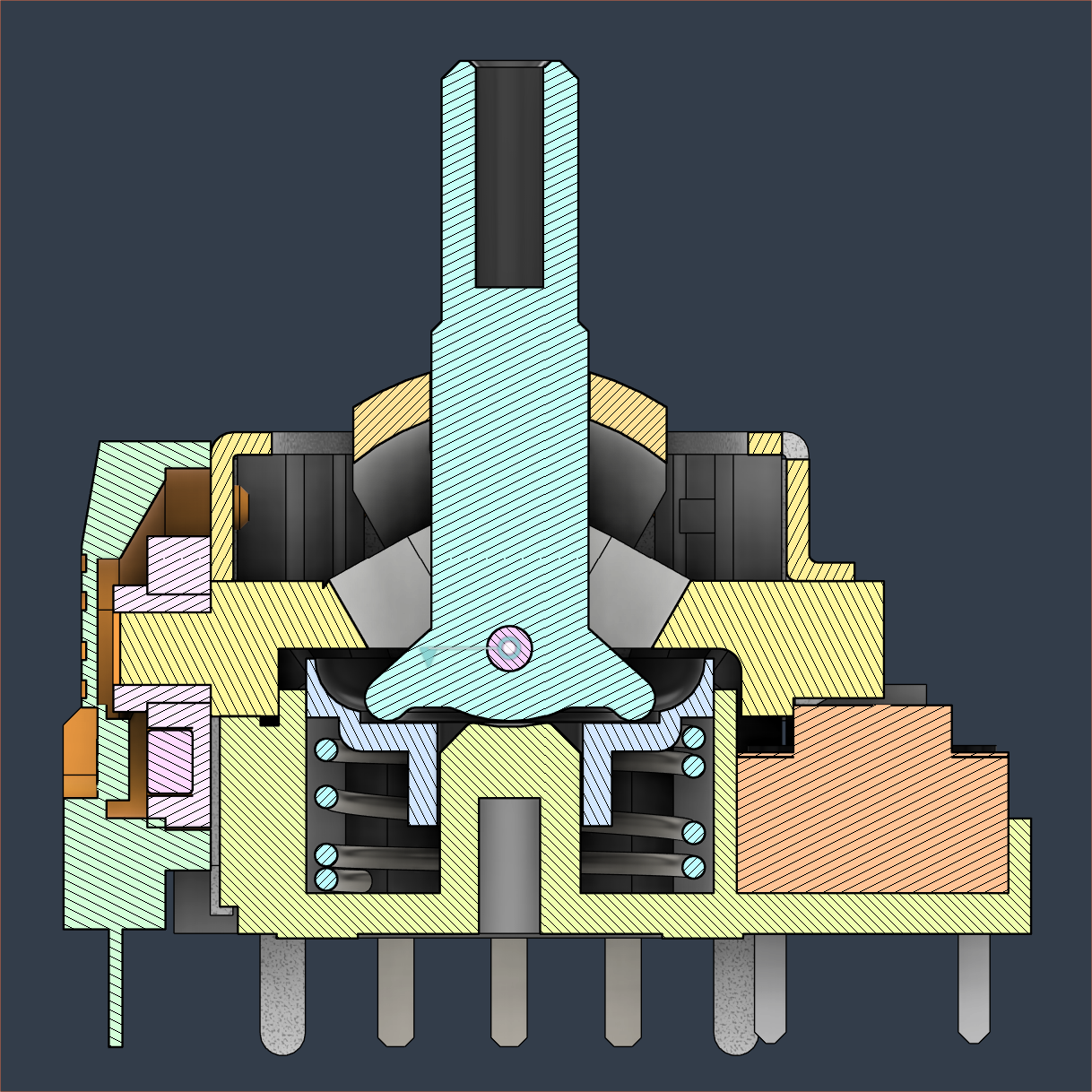


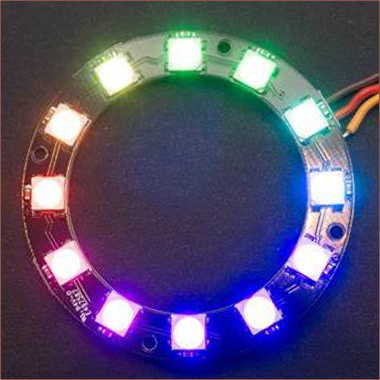
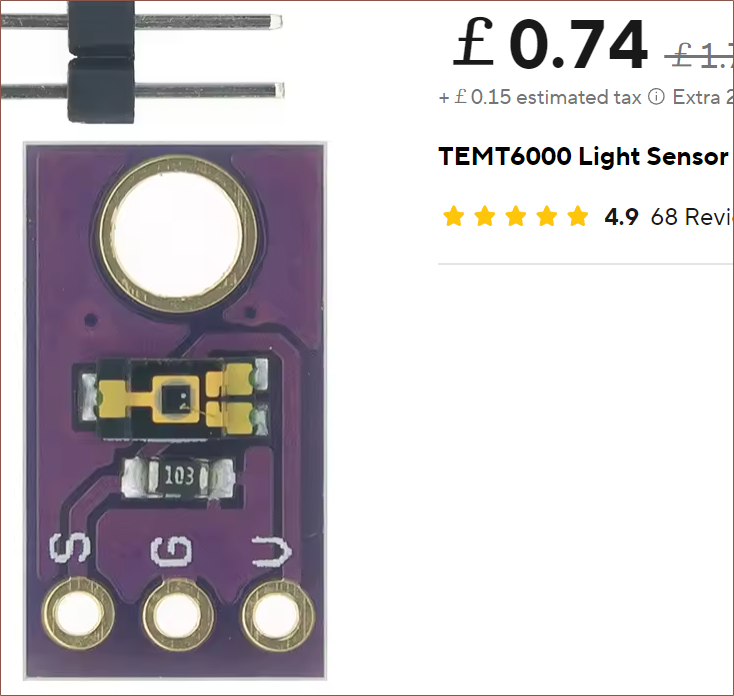
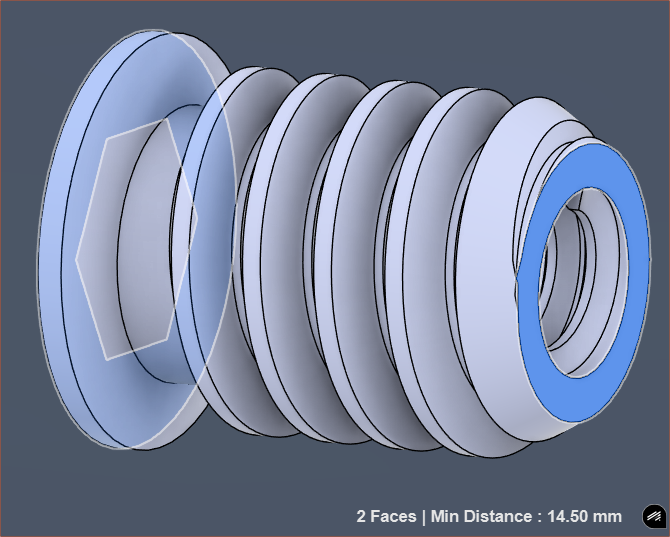
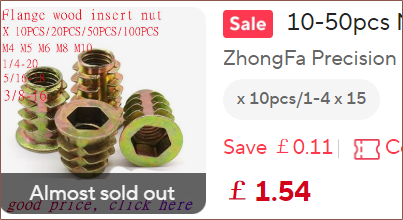
 It's a channel that has dug for details on many of the electromagnetic joysticks on the market! This log kind of serves as a TL;DW. I'll try and speedrun though the things I learned watching his tests yesterday, starting with a video where he tests these:
It's a channel that has dug for details on many of the electromagnetic joysticks on the market! This log kind of serves as a TL;DW. I'll try and speedrun though the things I learned watching his tests yesterday, starting with a video where he tests these: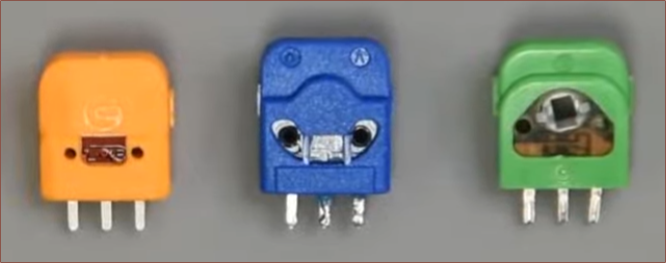


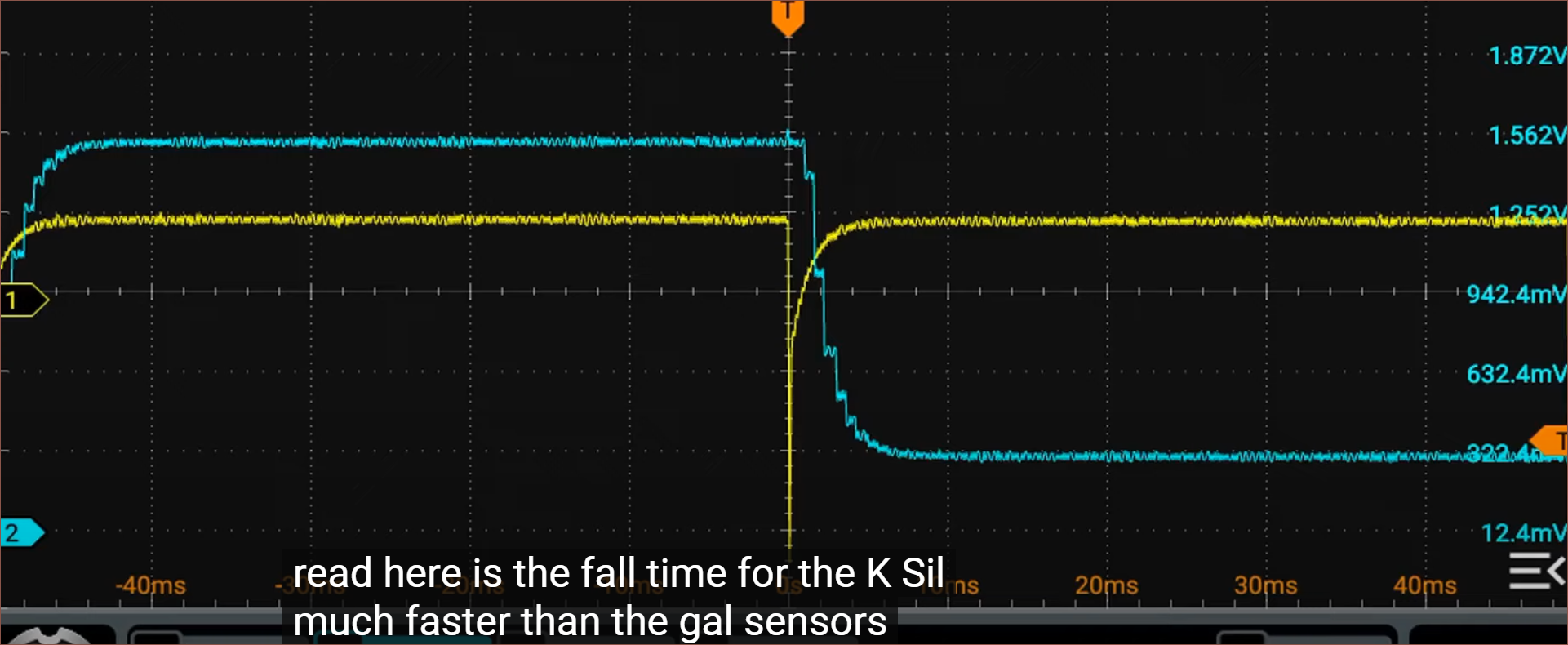

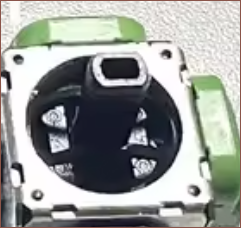 The blues/greens are similar in price.
The blues/greens are similar in price.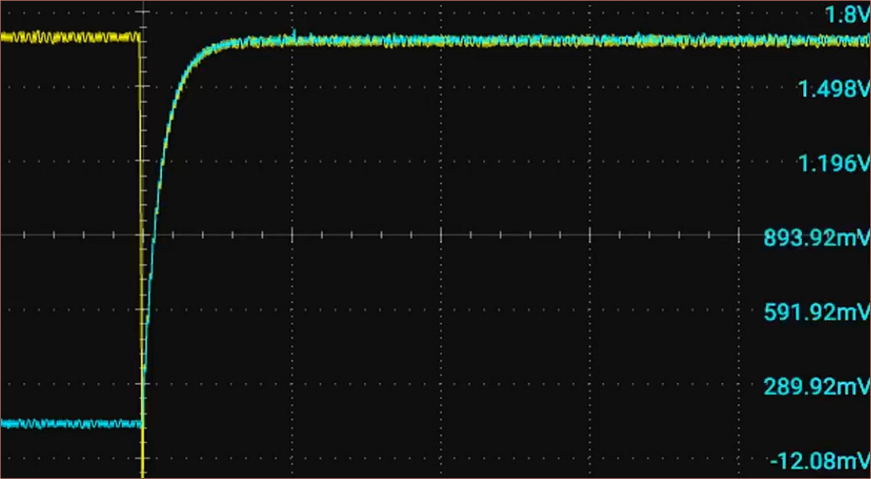 There were also the blue K-Silvers (cheapest) and black GuliKit on his channel.
There were also the blue K-Silvers (cheapest) and black GuliKit on his channel.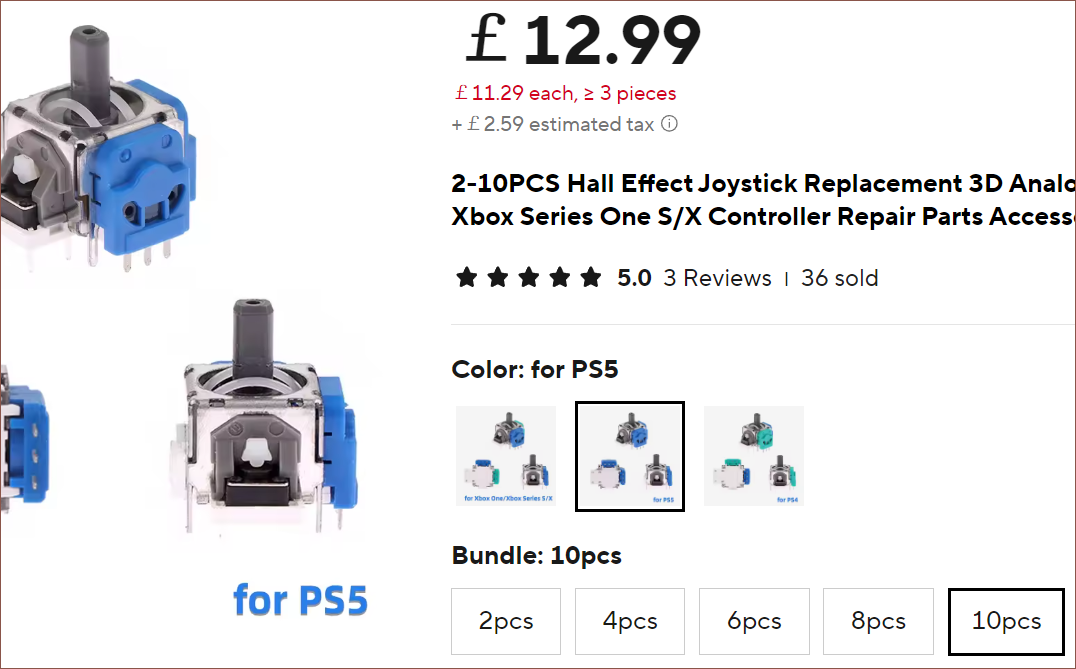 But I also noticed some translucent Ginfull TMR sticks:
But I also noticed some translucent Ginfull TMR sticks: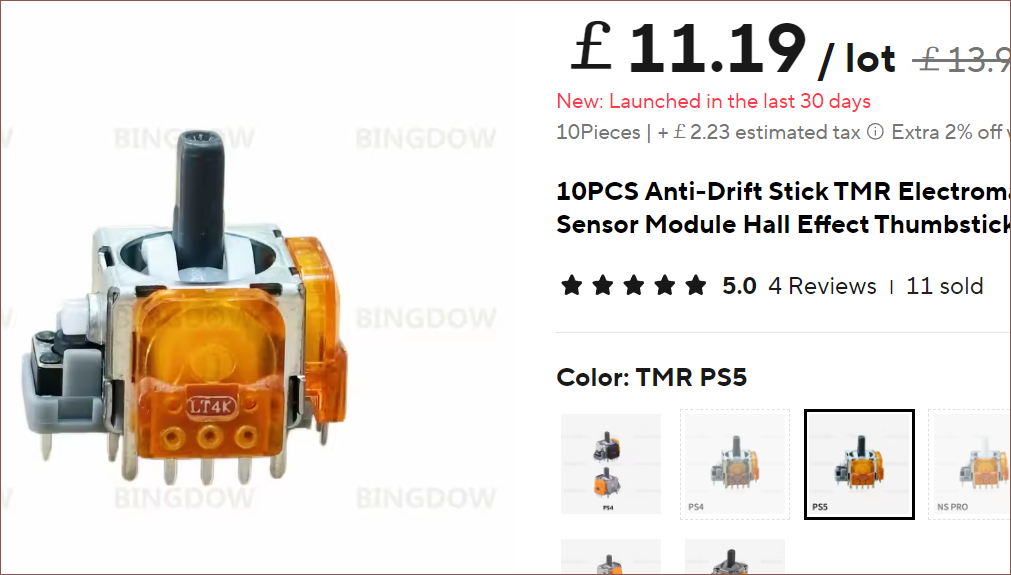 I found
I found 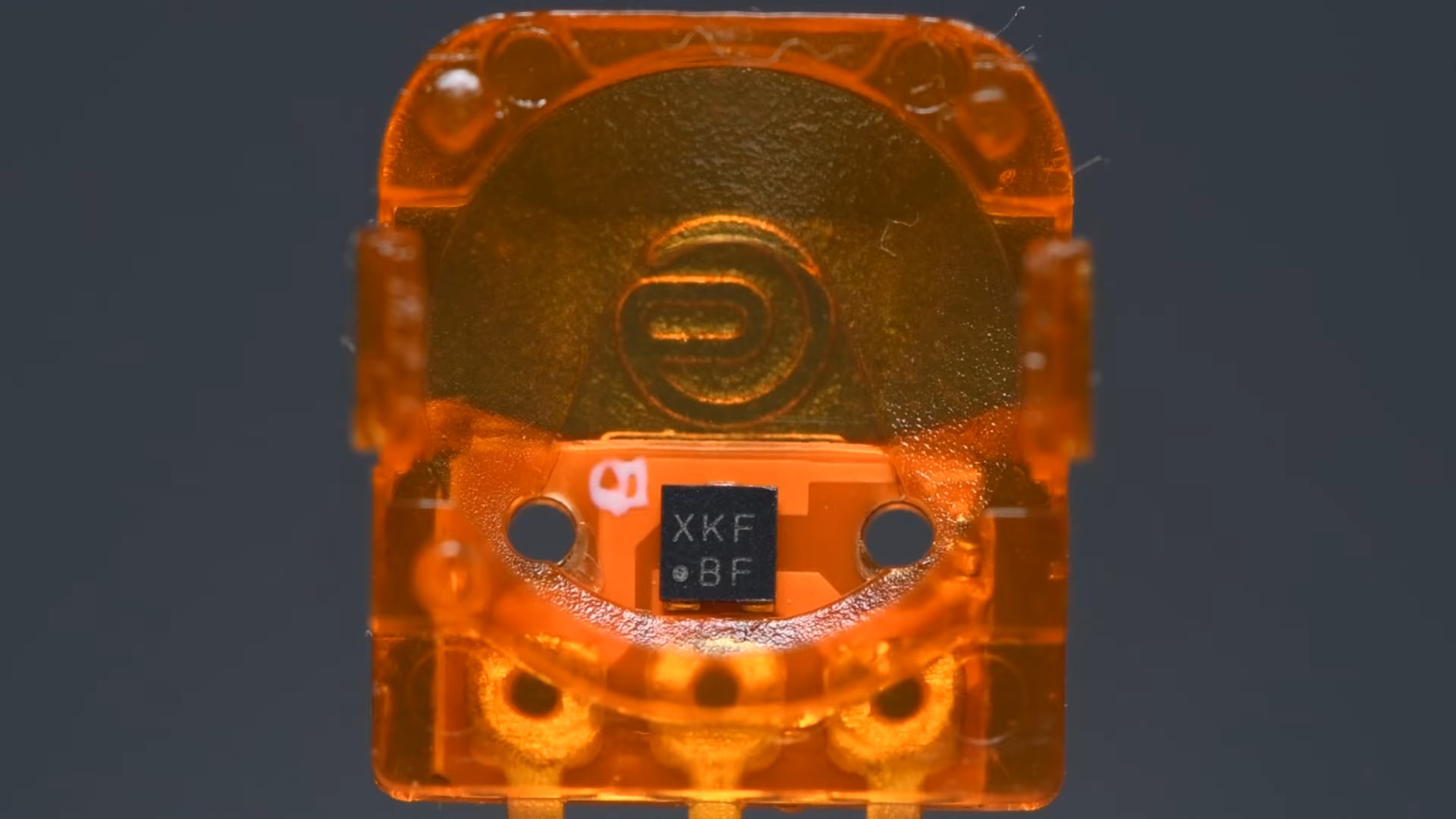
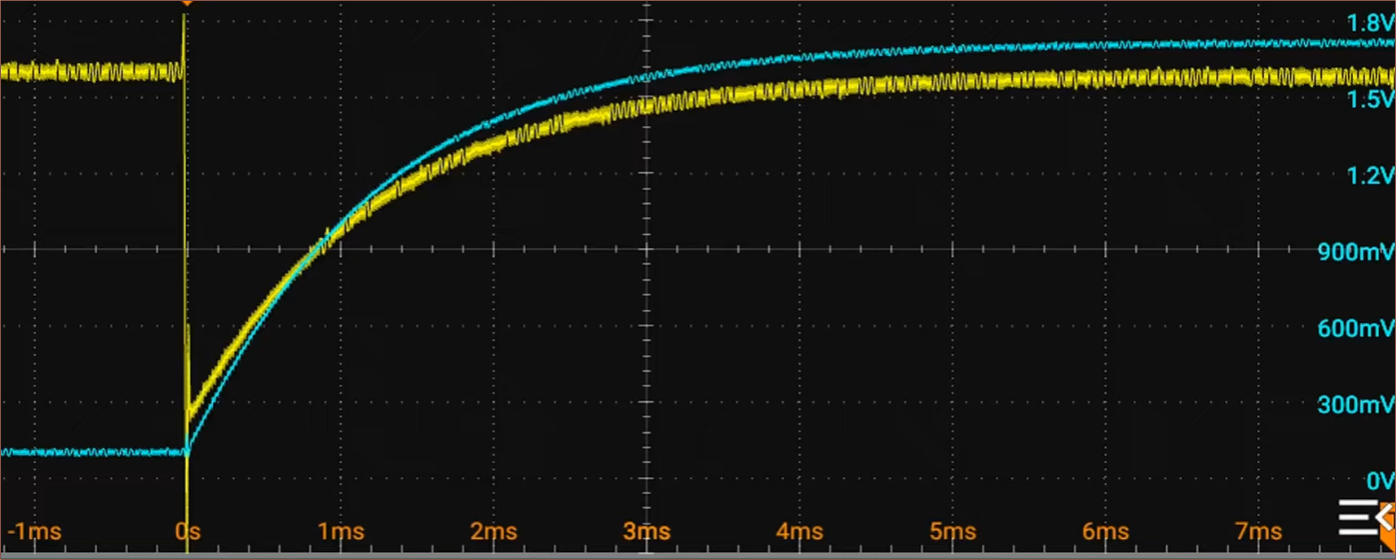
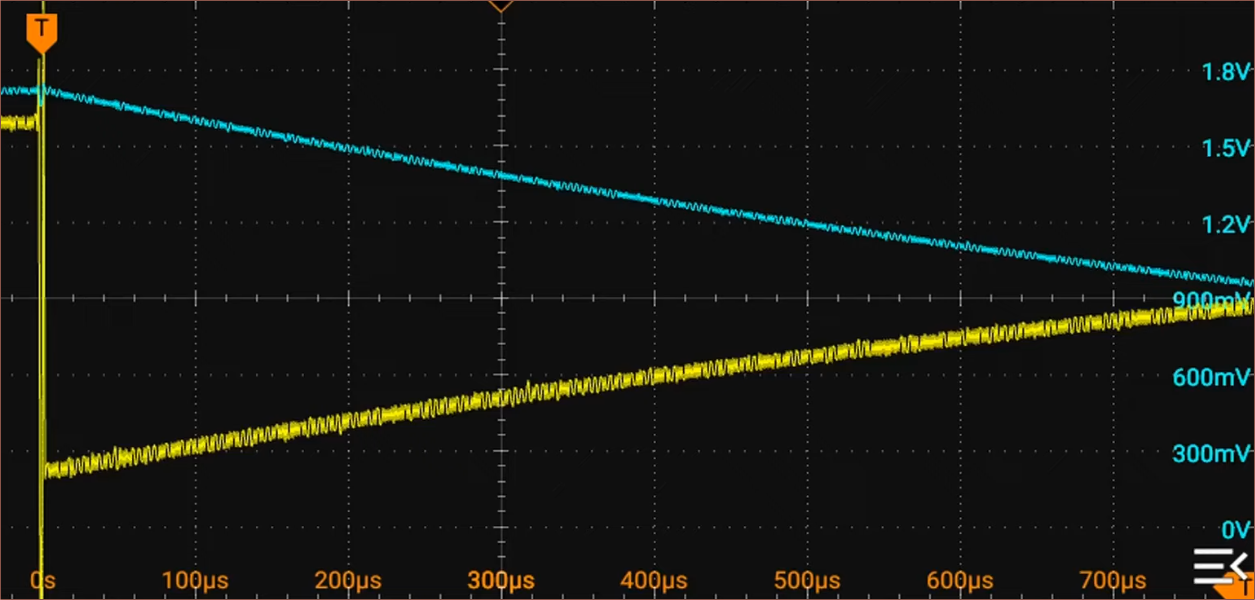
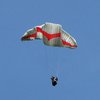

Fun hack! The height seems like kind of a challenge, but I love anything that explores the frontier of what's possible with unusual finger and key configurations.
Do you have any pics of how you envision this in use? I've messed around with more N/S split key orientations on Svalboard prototypes, but haven't convinced myself of sufficient dexterity in the ring and pinkies especially -- the lateral movements on DH/Sval are not so difficult, as they're aided by wrist mobility and some specialized nuances of fit as well.
Anyway, super interested to see how this shapes up for you. Nails are a challenge in so many different input contexts -- nails vs capacitive touch can be a real struggle!